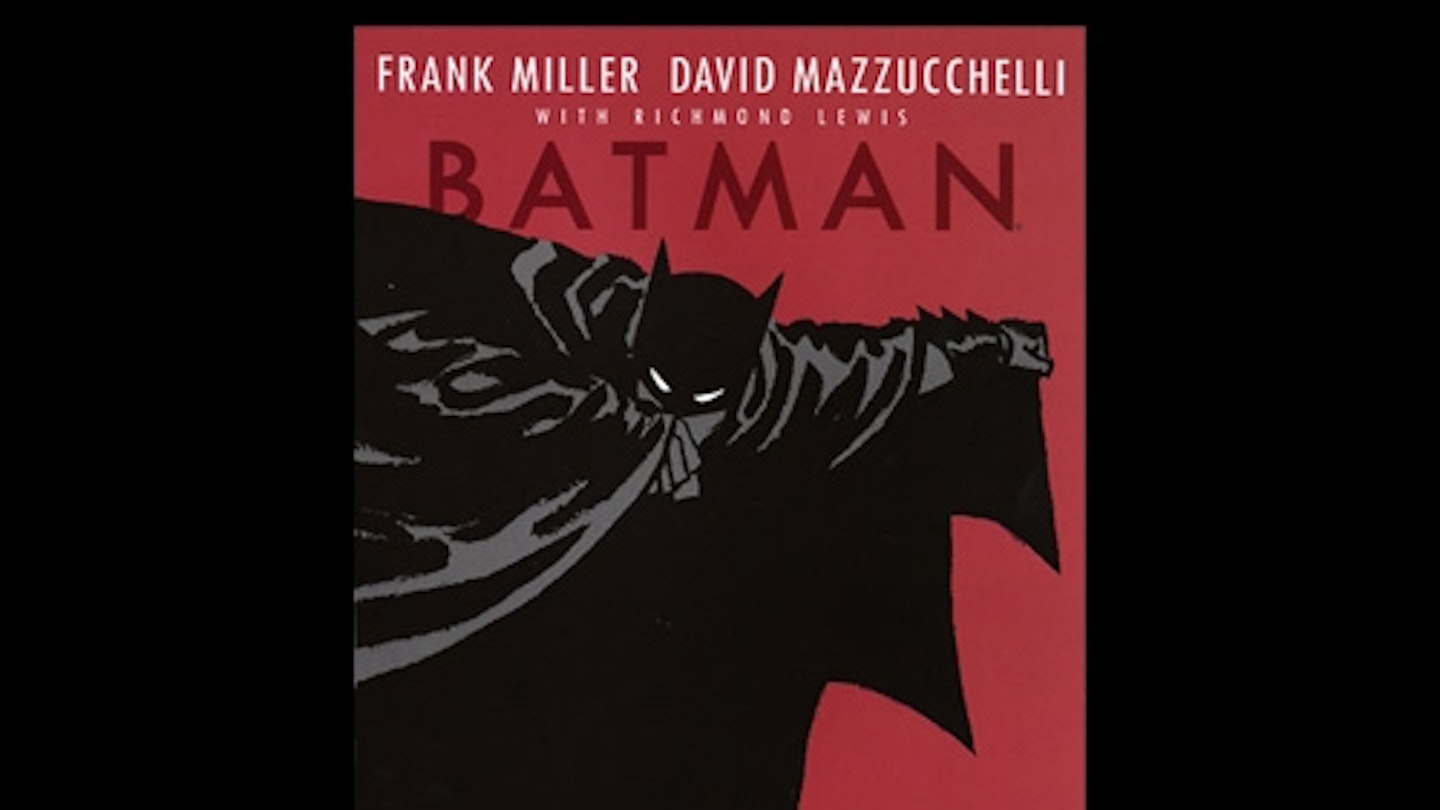Between the Iron Men and X-Men and Thors and Supermen, comic book movies continue to dominate our schedules. But if you don’t know an Asterix from a Tintin or a Green Lantern from a Green Hornet, where do you start with superheroes or graphic novels? We’ve compiled a list, in no particular order, of the most essential for the comic newbie, from superhero epics to perfectly-crafted indies, from political allegories to knockabout comedies. For your convenience, we’ve also tried to choose books that are actually available, usually in trade paperback form. Some of these are extremely well-known, some have been made into films, some are still under the radar – but they’re all worth seeking out...
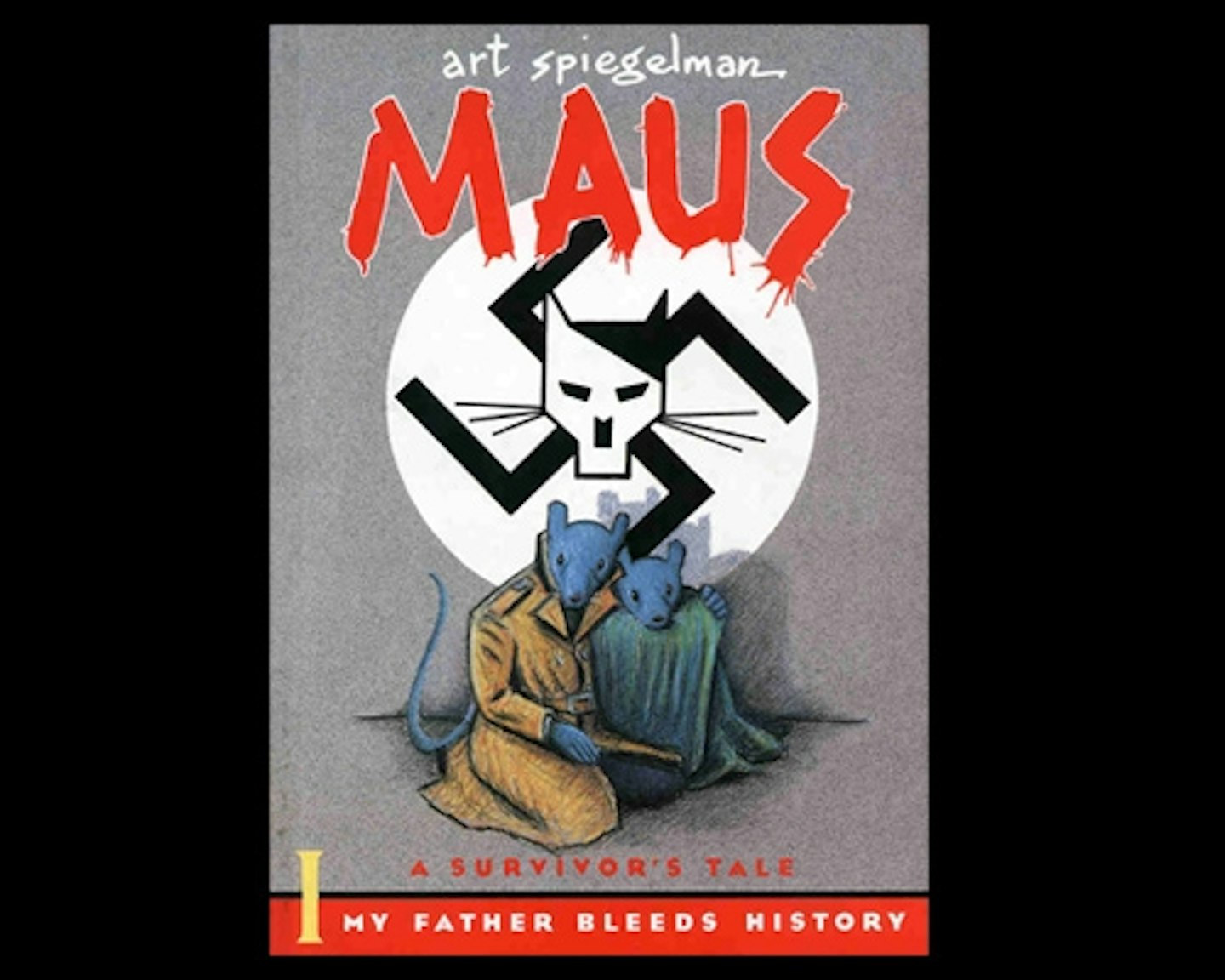
Maus
By: Art Spiegelman
This is a perennial fixture on Best Comics Ever Written lists, a book that can win over even those who think that any story told with drawings must be for kids. Art Spiegelman tells the story of his Holocaust-survivor father over two breathtakingly powerful volumes, alternating between the story of his life during World War II and his later years in the US. The book’s conceit has the Jews drawn as mice, the Nazis as cats, Americans as Beagles and so on – but it’s the human stories that come unflinchingly through that give this work its power, both in the tragedies and trauma of mankind’s darkest hour and in the smaller tribulations of a survivor’s later life. A Pullitzer Prize winner, this deserves a place on the shelf of anyone with literary pretensions.
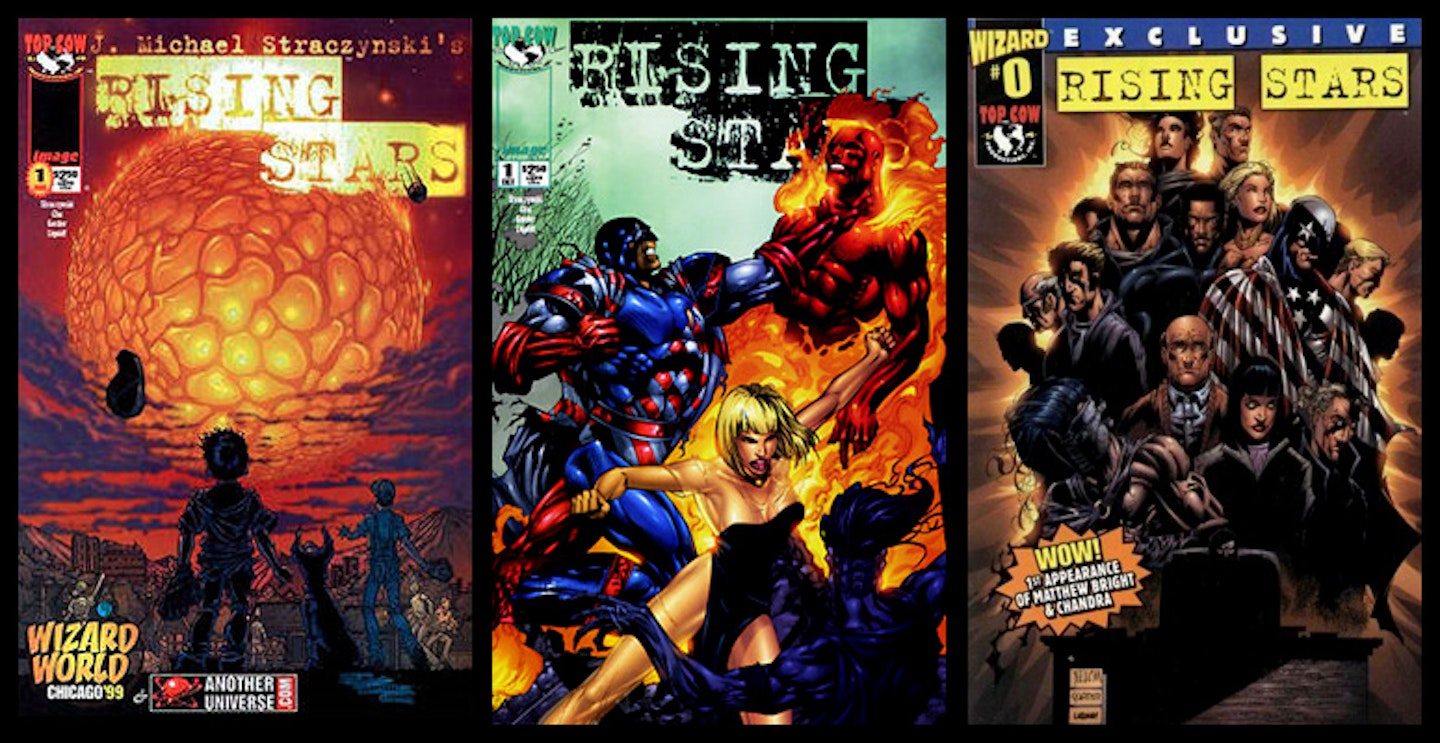
Rising Stars
By: J. Michael Straczynski, Fiona Avery
Straczynski, who wrote Babylon 5 and more recently Clint Eastwood’s Changeling, is better known in some circles for his comics work, thanks to great arc stories like this. A sort of X-Men meets The Midwich Cuckoos, this chronicles the lives of 113 “Specials”, children who were in utero during a meteor strike on a small US town who grow up with special powers. Their triumphs and tragedies form the thread of an exceptionally tightly-plotted and complete story as they grow to adulthood, deal – or fail to deal – with their powers, fall apart and fight for their place in the world. The wham-bam ending and enigmatic hero in poet John Simon provide all the emotional closure that’s inevitably missing from continuing superhero comics, making it the perfect option for those who refuse to get involved in long-running stories.
***By: ***Neil Gaiman, Dave McKean etc.
The Sandman
Don’t worry: this is nothing to do with Spider-Man 3 or Thomas Haden-Church. This Sandman is the reason that Neil Gaiman became a geek god, with a hugely ambitious and ground-breaking graphic story that's worth getting lost in. To get the lot, you’ll have to pick up nine trade paperbacks or four massive Absolute collections, but there you get the complete story of Dream of the Endless, aka the Sandman, Morpheus, Oneiros, Lord of the Dreaming and any number of other monikers. The series starts with Dream being captured and held by a human magician for 70 years, escaping in the modern day and beginning the long process of reclaiming his kingdom and regaining his powers – only to start to question his eternal place as the personification of Dream as he does so. Sprawling and epic, taking in myths and legends from all over the world, this is intelligent, endlessly twisting and complex, and satisfyingly multi-layered.
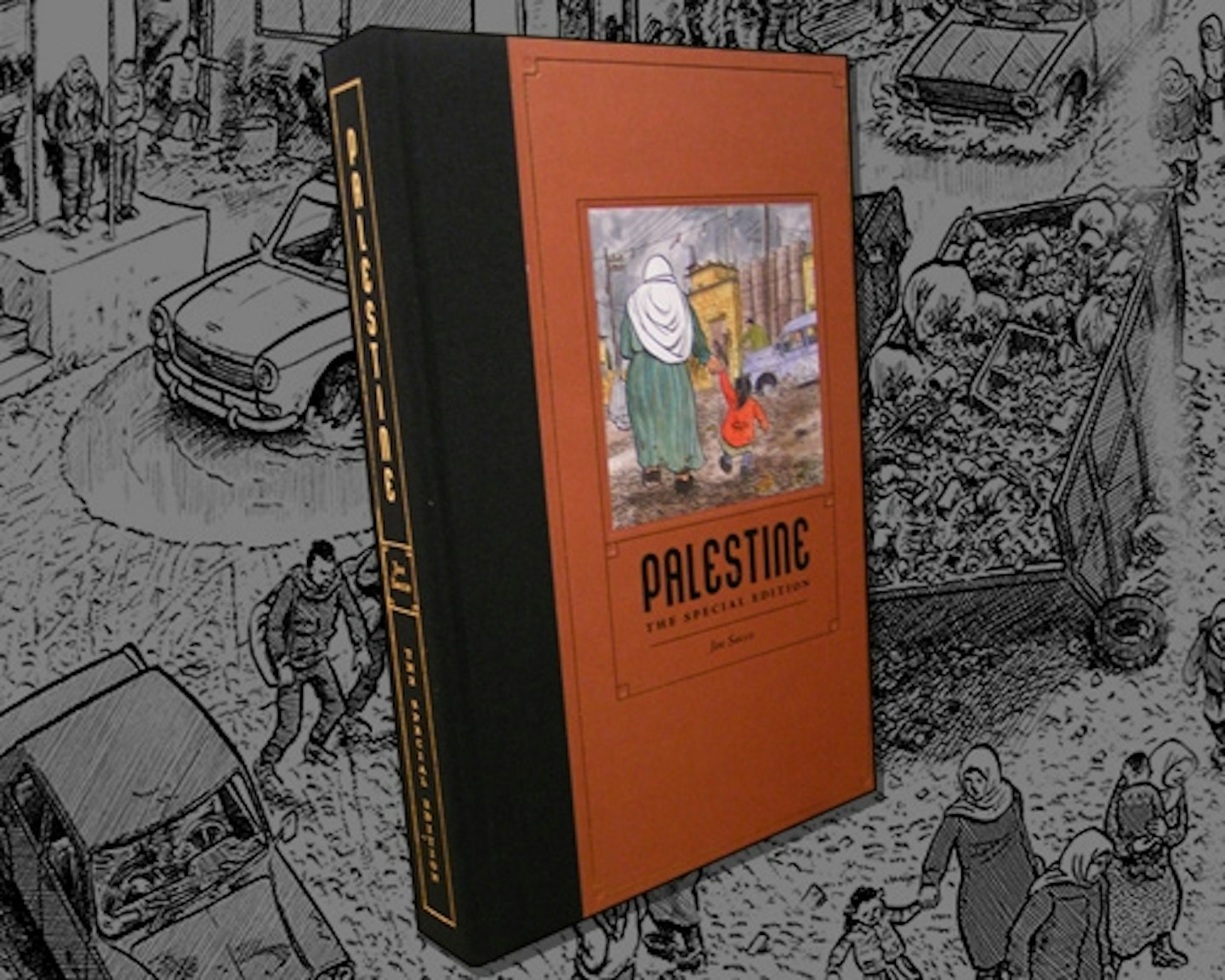
Palestine
***By: ***Joe Sacco
This is not a book about superheroes. Heck, it’s not a book about heroes of any sort. Instead, it’s the story of author and cartoonist Joe Sacco on a visit to Palestine during the Intifada of 1991 and 1992, and a compelling portrait of the daily lives and struggles of the Palestinians in the West Bank and Gaza Strip. It may not tell the whole story of the Middle East situation, but it tells an often unreported side in a manner that’s as compelling and exact as any good documentary, and which is all the more impressive for coming in a form usually associated with comedy or costumed crusaders. Sacco’s withering assessment of his own priorities when faced with so much human misery makes him a perversely sympathetic narrator of a tale that’s studded with horrors and heroics.
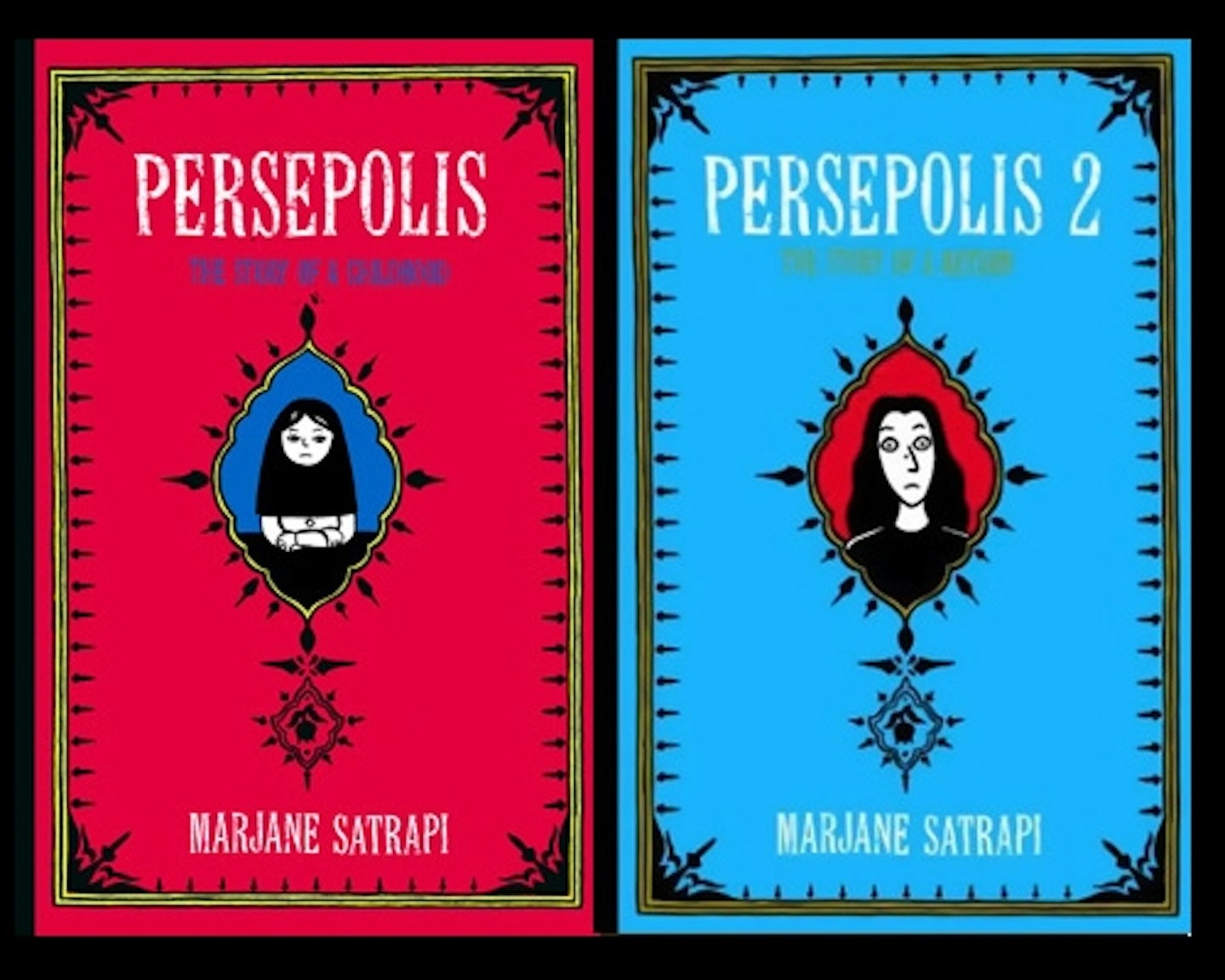
Persepolis
By: Marjane Satrapi
Like Maus, this is a biography in graphic form, but this time from a woman who grew up during the Iranian revolution and Iran-Iraq War. Like Maus, this mixes moments of humour with horror, self-deprecation with political commentary and wraps the whole in a universal story about growing up. But unlike Maus, this one has actual human beings as characters and a generally bouncy tone, with Marjane remaining a largely hopeful narrator however dark things seem. If you have any sense you’ve already seen the animated film that this book inspired (also made by Satrapi herself) but it’s worth reading the original comic for a longer and fuller version of the story in the same distinctive black-and-whites.

The Last Man
By: Brian K. Vaughan, Pia Guerra
At the beginning of this series, every last man and male animal on Earth drops dead, more or less simultaneously. Except, that is, for a guy called Yorrick and his pet monkey. Why have they been spared? What do they do now? And how are they going to survive in a world where half the population’s gone and half the remaining half have gone a little nuts? The story that results is massive in scope but also intensely personal, taking in gender politics and geophysical realities but, in the end, coming down to a small group gathered around a boy and a monkey, with one of the most moving finales we’ve ever read.

Scott Pilgrim
***By: ***Bryan Lee O’Malley
Mixing a 90s slacker vibe with classic video game fights and gags, Scott Pilgrim stars one of the dimmest heroes of recent years, a wonderfully clueless and perpetually confused bass player who has to battle the seven evil exes of the woman he loves to win her hand. Why? We’re not sure, but it all made sense at the time. Filled with sight gags, surreal touches and geeky references, the six books in the series are warm and witty and hugely likeable, filled with characters that will immediately feel like your best friends. Assuming your best friends aren’t upwardly mobile yuppie types, who are singularly absent from these pages. Or, even worse, vegans, with their terrifying mind powers (just read the comics and that joke’ll make sense).
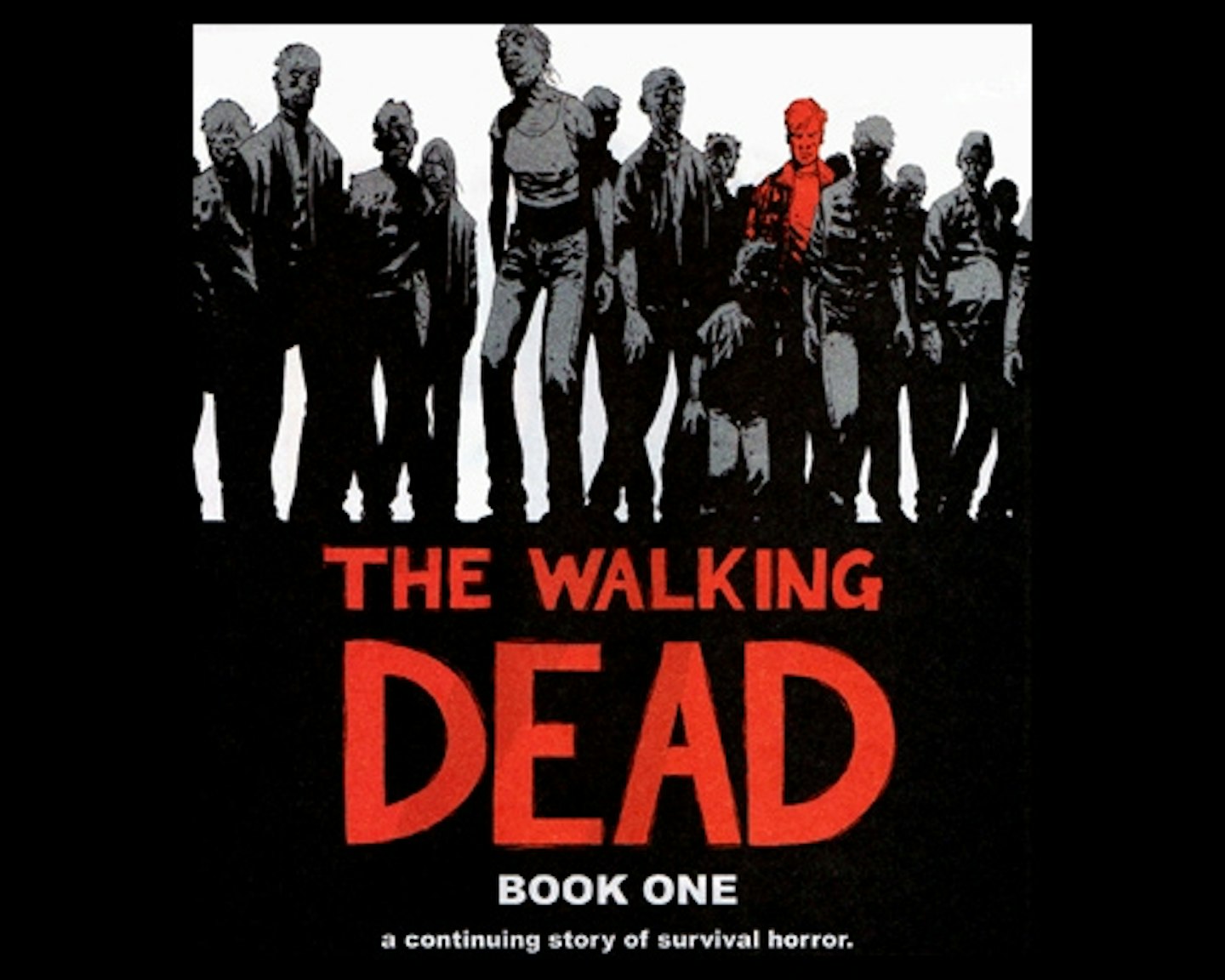
The Walking Dead
By: Robert Kirkman, Tony Moore, Charlie Adlard
Probably the biggest graphic series in the world right now, this is the story of a family trying to survive a zombie holocaust – so, y’know, cheery stuff. But what’s impressive about Kirkman’s series is how the plot progresses beyond the usual holed-up-and-surrounded standards of the genre, and how the characters develop as we move forward. Also, how swiftly the story can go from triumph to heartbreak, and how quickly a temporary sense of security can evaporate amid the constant pressure of the zombie menace. The dialogue is, at times, a little on the nose, but the pacing and story are never less than excellent. Start reading now and there’s still time to establish yourself as an expert on the story before all your friends become addicted to the TV adaptation.
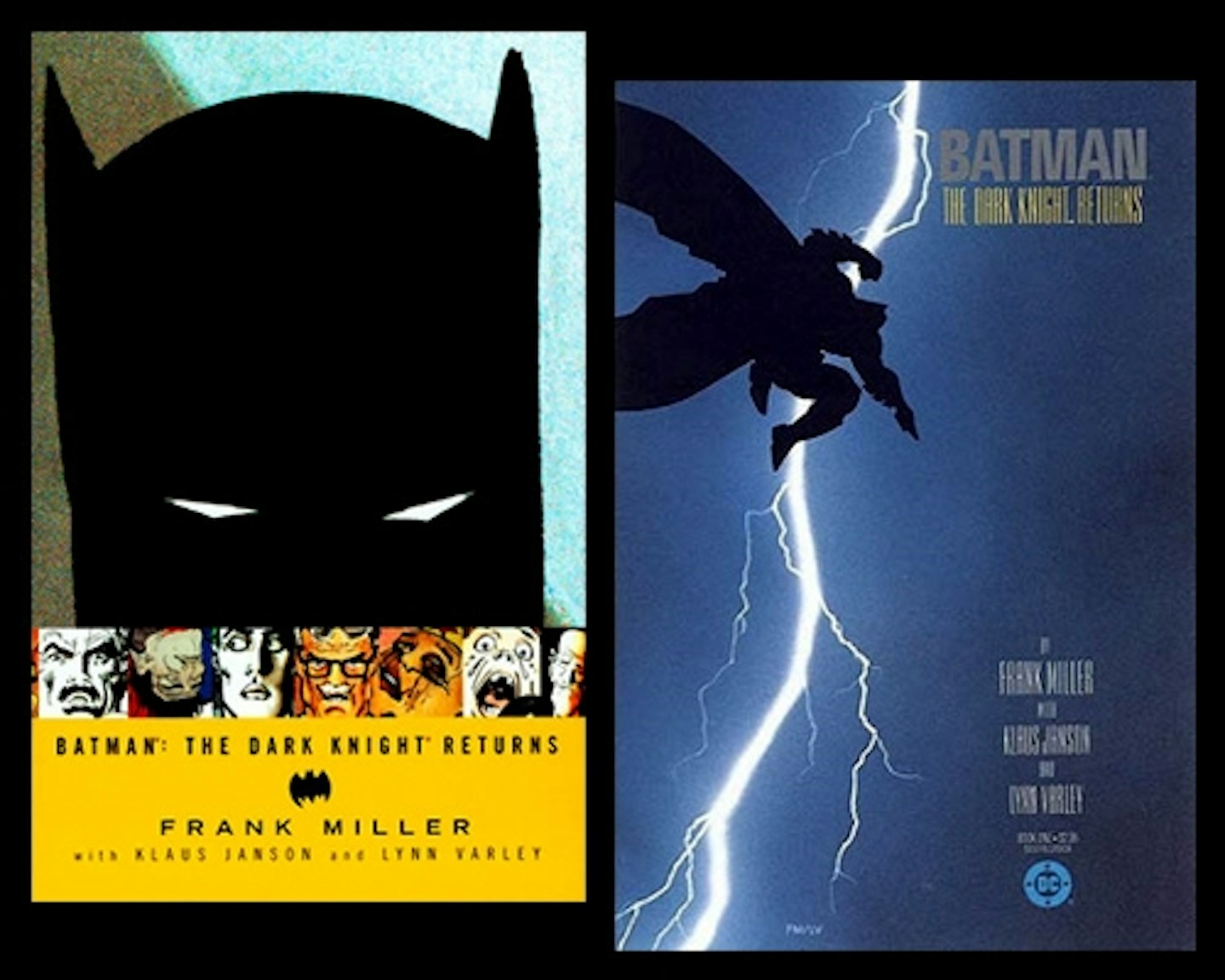
The Dark Knight Returns
By: Frank Miller, Klaus Janson, Lynn Varley
Along with Watchmen and arguably Sandman, The Dark Knight Returns was the kick up the backside that comics needed in the 1980s, reinvigorating the superhero and changing the focus of the business from teenagers to, well, everyone. Bleak in tone but implacable in resolve, Miller’s work stripped all traces of campiness from the Caped Crusader and returned him to the nitty-gritty of stamping out crime. But years past his prime, mourning the loss of Robin and with crime in Gotham worse than ever, can he still prevail? Well, yes, of course he can; he’s Batman. But it won’t be as easy as pulling Bat-shark repellent out of his belt anymore – especially with the Man of Steel himself lined up to stop the vigilante.
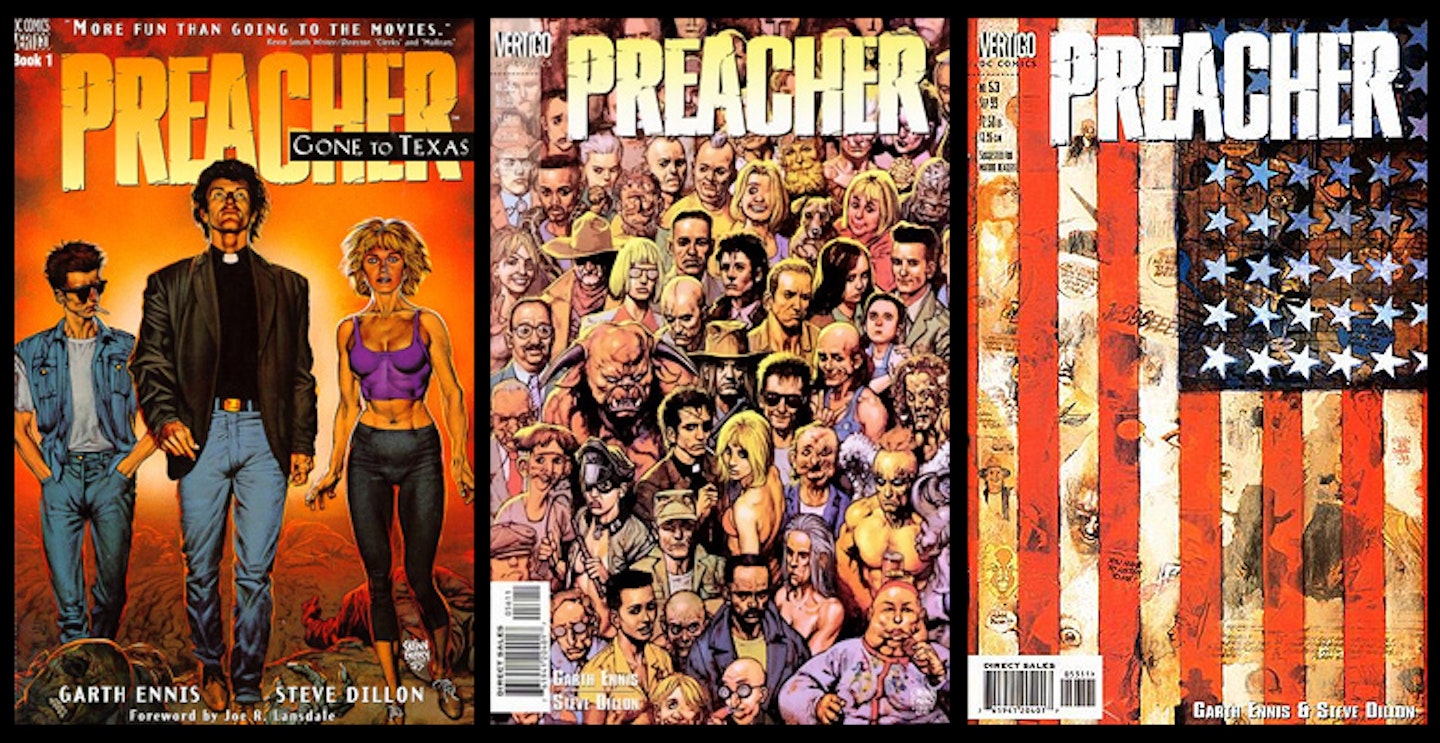
Preacher
By: Garth Ennis, Steve Dillon
A small-town preacher becomes possessed by the offspring of a demon and an angel, and sets off in search of the absentee Almighty to take issue with His management of the world. Garth Ennis’ bloody, twisted and sickly funny religio-Western epic is full of brutality, mutilation and the drunken ramblings of a mad Irish vampire, but it’s also – deep down – a love story that says all of creation can go hang as long as love has its chance. Huh. Despite the castrations and perversions and maulings, despite the Saint of Killers’ glowering menace, Ennis might just be a big softie after all.
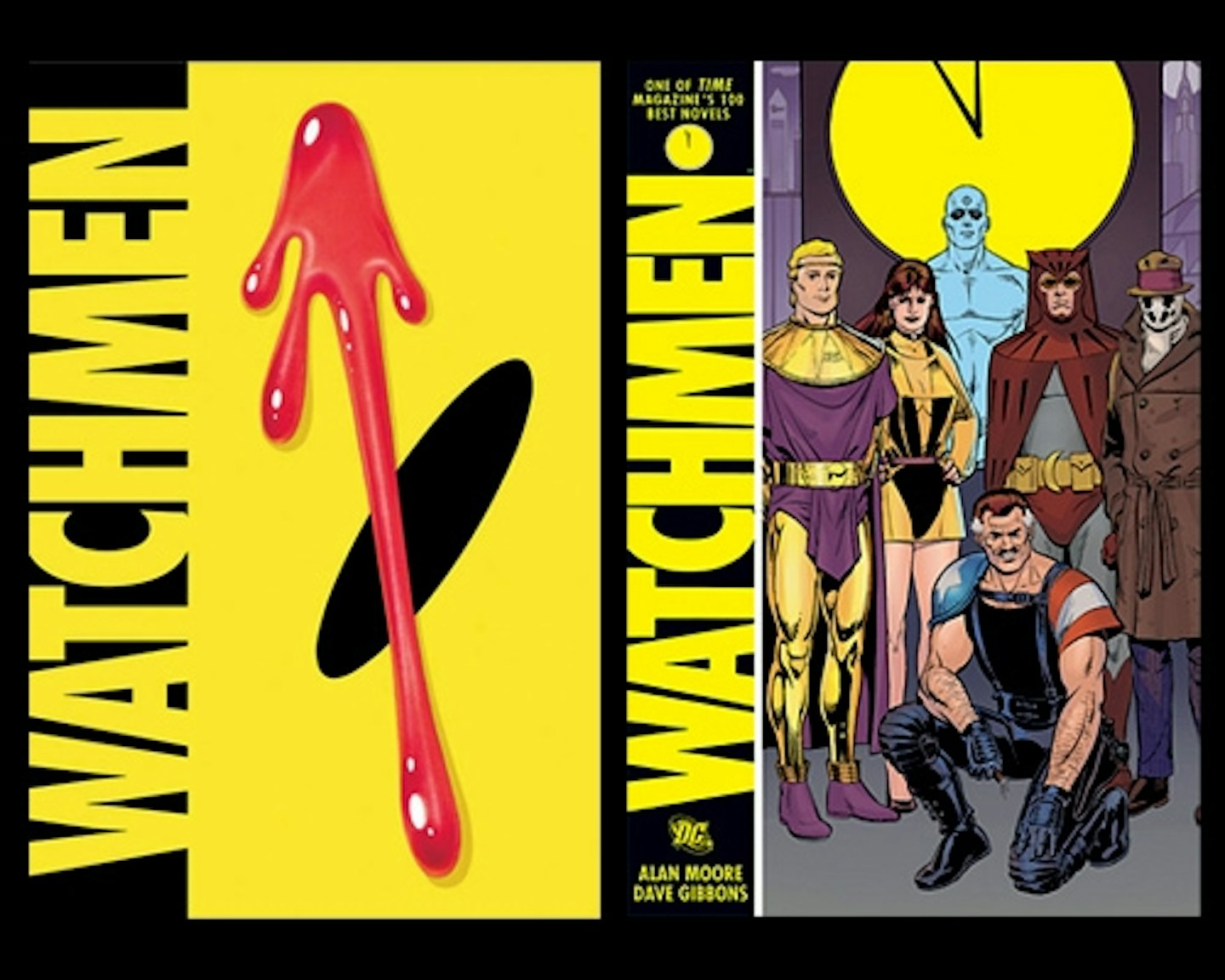
Watchmen
***By: ***Alan Moore, Dave Gibbons
Probably the most famous single graphic novel ever written – and definitely the most famous not to feature a man dressed as a bat – Alan Moore’s dystopian vision still deserves its place in the top ranks. A gang of costumed but (with one exception) *not *superpowered vigilantes investigate the death of an old comrade and discover a strange and far-reaching plot. Overturning the usual tropes of the genre, this makes a hero of a psychopath and a villain of a do-gooder, leaves the only true superhero powerless and comes to a genuinely shocking conclusion. If you only ever read one graphic novel, this is almost certainly the one you’ll read.
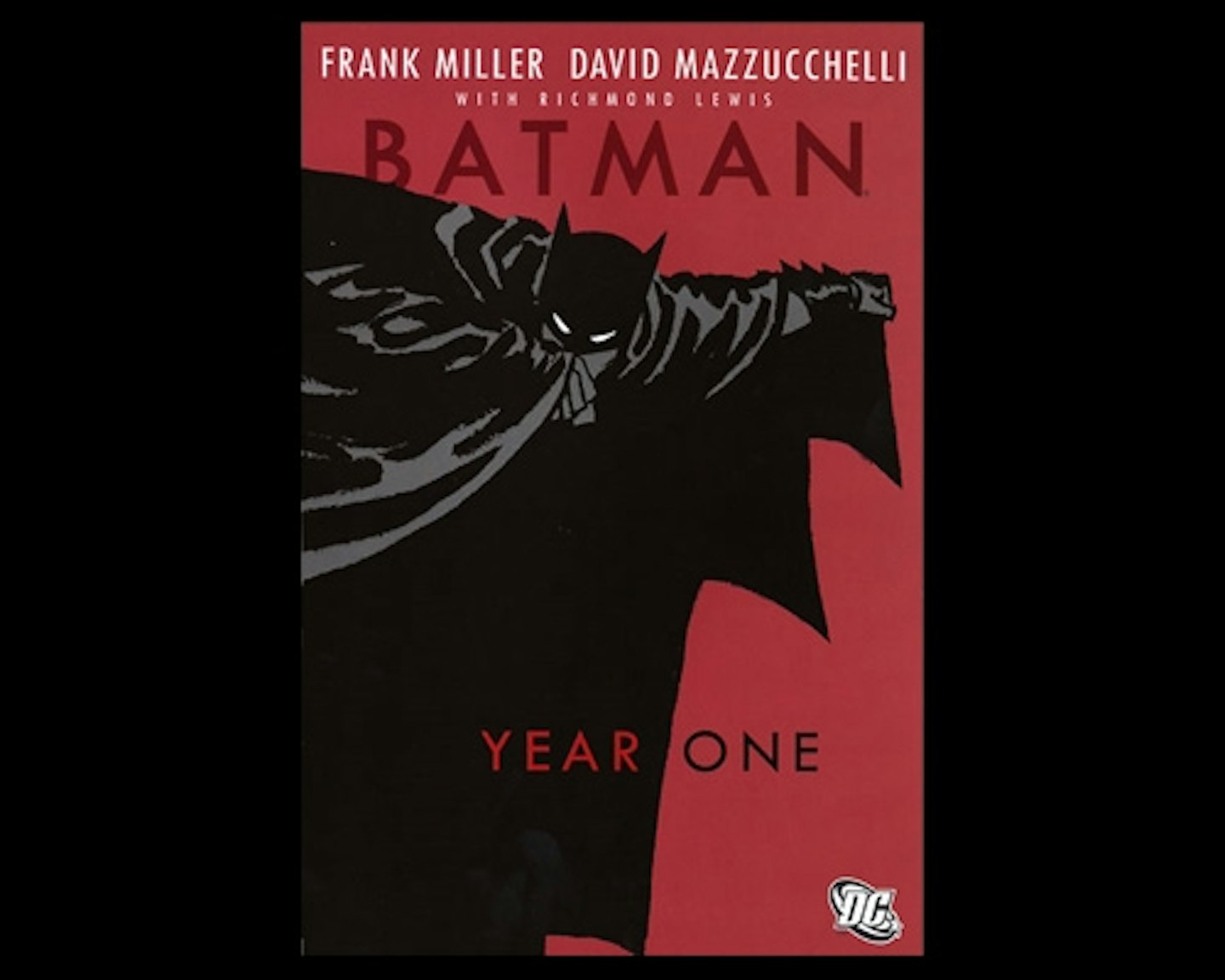
Batman
By: Frank Miller, Dave Mazzuchelli
Having tackled Batman’s later years, Miller retraced his steps to the very beginning, charting the course of the Dark Knight’s earliest steps in his crime-fighting career – presented here in parallel to the rise of honest policeman Jim Gordon. The suggestion here is that the Gregory Peck-looking, playboy billionaire and the married-but-straying copper are more of a double-act than we sometimes realise; neither of them able to change Gotham alone but capable of great things together. If some of this seems familiar, that might be because it was an influence on Batman Begins – and like that film, this is dark, broody and quietly rather brilliant. See also: Alan Moore’s The Killing Joke, Grant Morrison’s Arkham Asylum and Jeph Loeb’s The Long Halloween for other stand-out Bat-stories.
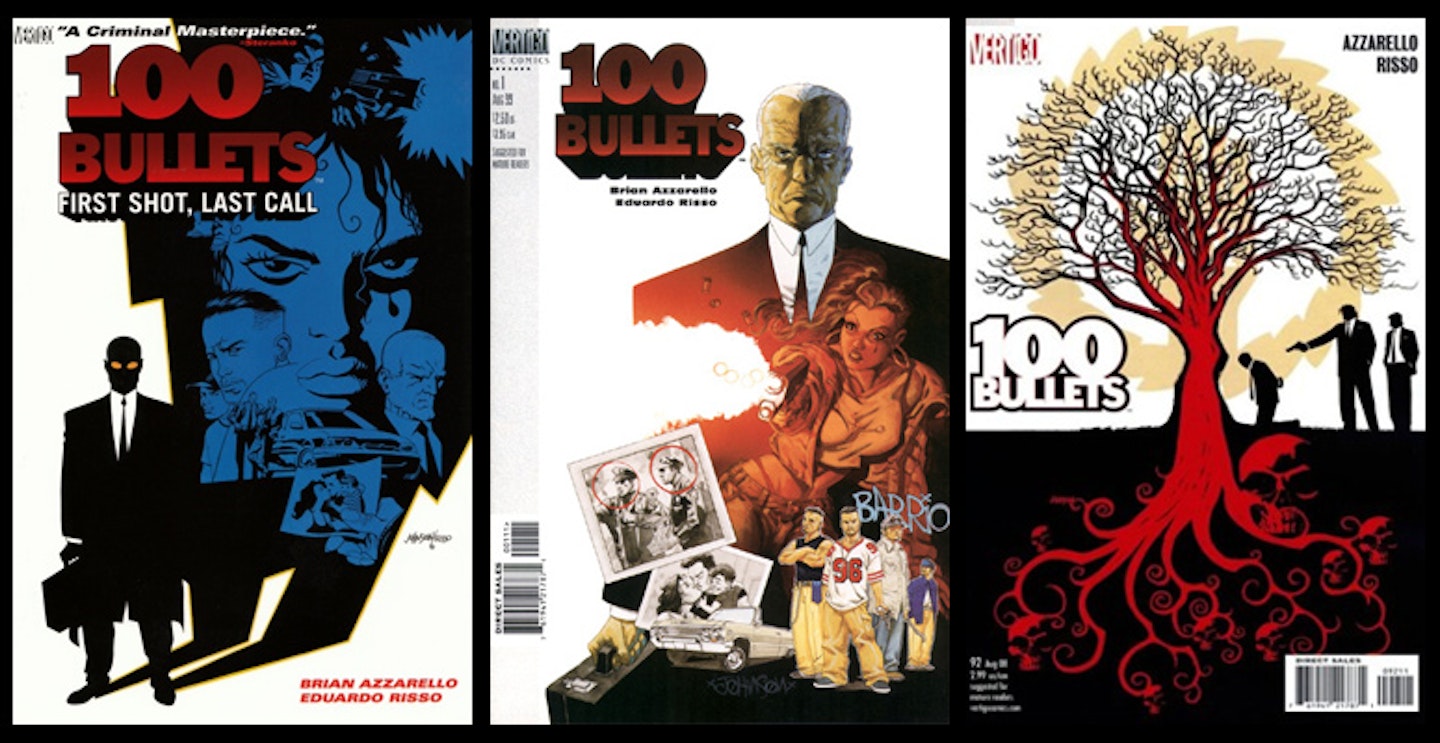
100 Bulletts
By: Brian Azzarello, Eduardo Risso
Here’s a neat little moral dilemma: what if someone gave you a gun, 100 bullets, evidence that everything bad in your life could be laid at a particular person’s feet and the promise that law-enforcement wouldn’t stop you if you took any action as a result? That’s the dilemma that’s played out again and again – with wildly differing results – in Azzarello’s 100-issue story. Sure, the insanely complex backstory to the whole noir affair requires a heck of a suspension of disbelief, but the elegance of the concept is still impressive, and Azzarello and Risso’s execution (no pun intended) over the series’ run well worth reading.
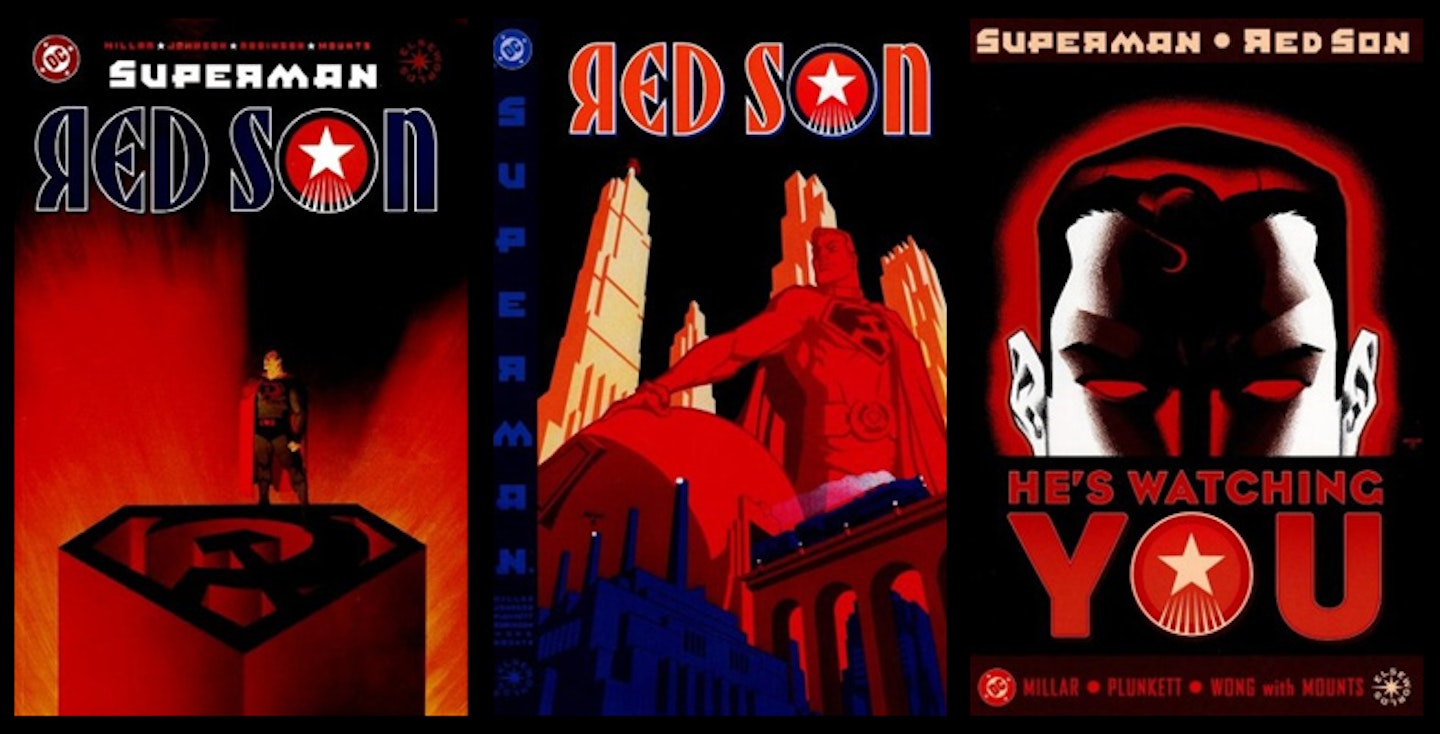
Superman: Red Son
By: Mark Millar, Dave Johnson, Kilian Plunkett
Occasionally major comic-book characters are treated to little “What if?” stories, and this one – imagining a Superman who crash-lands in Soviet Russian rather than Kansas and becomes a hero of the revolution – has a brilliant central premise, even if it does lose steam slightly in the second half. As with Marvel’s 1602, there are sneaky delights in spotting alt-world parallels to the characters we’re already familiar with, but Millar’s greatest achievement here lies in trying to imagine how a fundamentally decent man would cope with the absolute power that becomes his as a dictator ruling half the world.
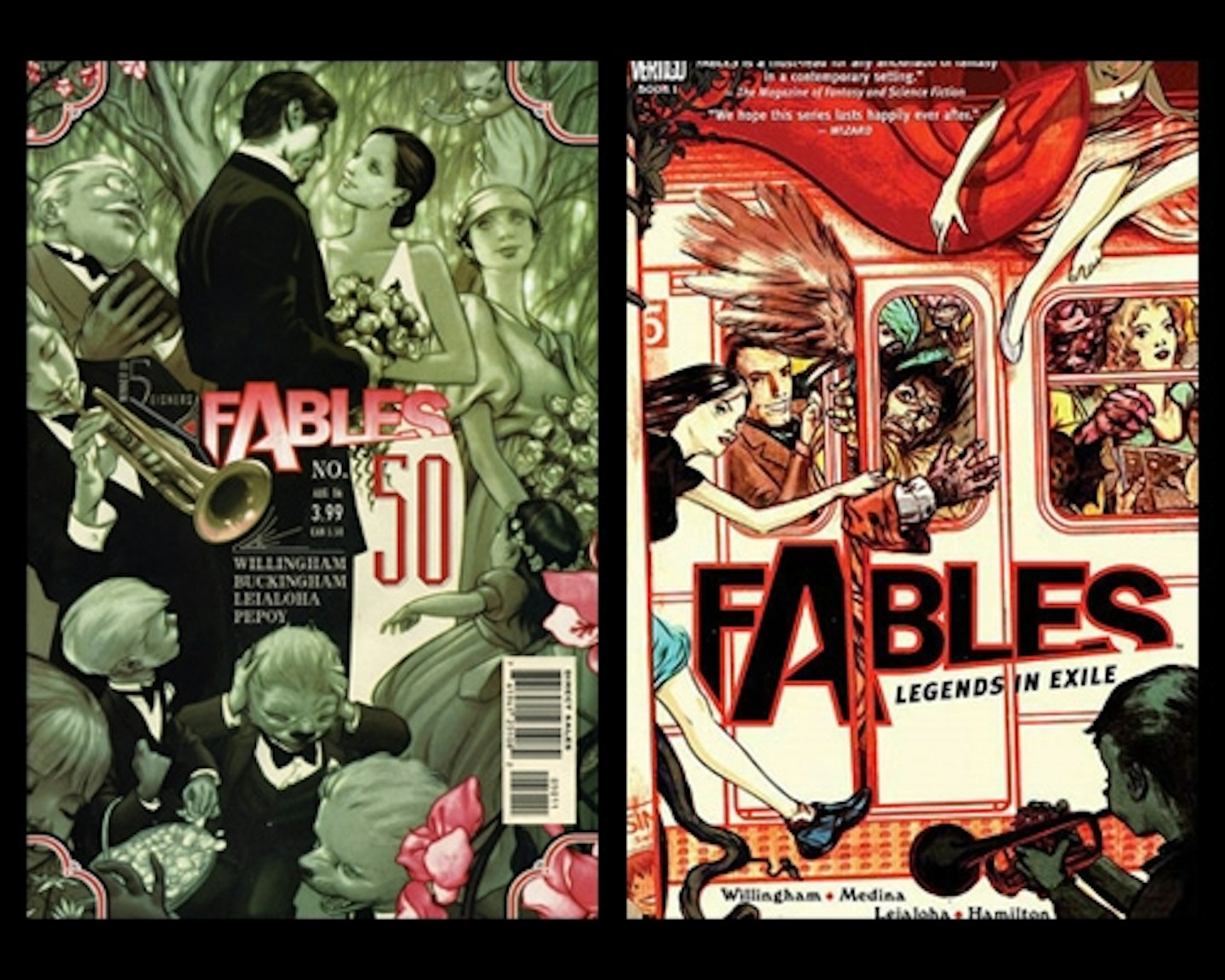
Fables
***By: ***Bill Willingham et al
Fairy tale characters find themselves in exile in New York following the conquest of their country by dark forces – so far, so generic fantasy novel. What sets Fables apart is the fact that these are not the virginal princesses, gallant princes and cutesy cuddly animals of your bedtime stories, but bitches, bastards and creeps who have let the big, bad city go to their heads. Romping through taboos rather than fields of daisies and establishing a few nice crimes and puzzles along the way, this is every bit as compelling and gritty as its superhero competitors. And it’s not every day that you use the word “gritty” about a story starring – among others – Snow White.
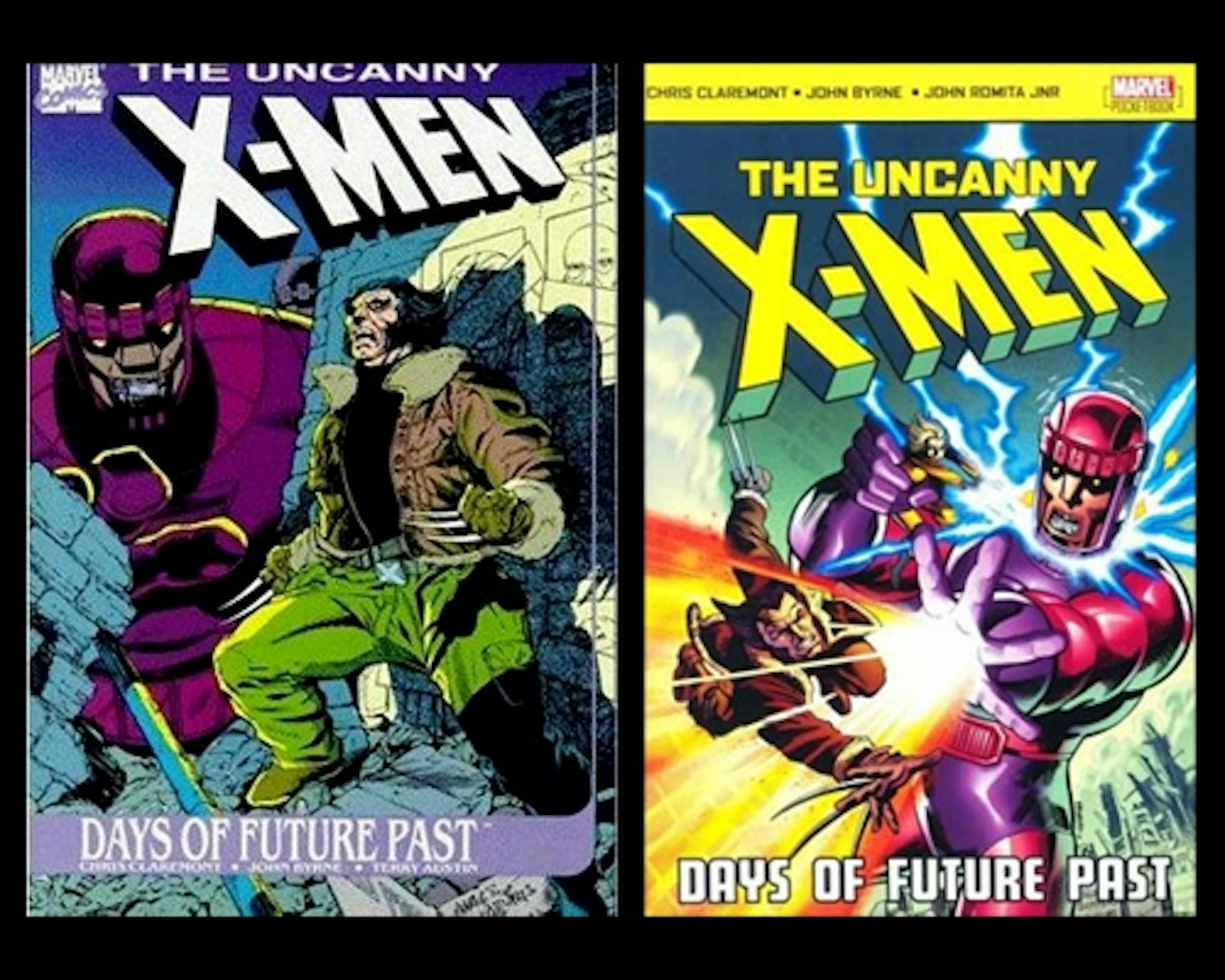
X-Men: Days of Futures Past
By: Chris Claremont, John Byrne
The Phoenix Saga is better known; the God Loves, Man Kills storyline was the one strip-mined for the movies, but it was Days of Future Past – which immediately followed the Phoenix saga – that cemented the X-Men’s superstar status in the comics world. Here, an older version of Kitty Pryde suddenly appears and reveals that the future for mutants is pretty bleak: they’ll soon be dead or stuck in concentration camps under the watchful eyes of giant robot sentinels. They have to change the past to save the future, but the result is an X-Men tale that’s unusually complex and darker-tinged than normal. And also shows us how Wolverine would look with grey hair, so that’s a bonus.
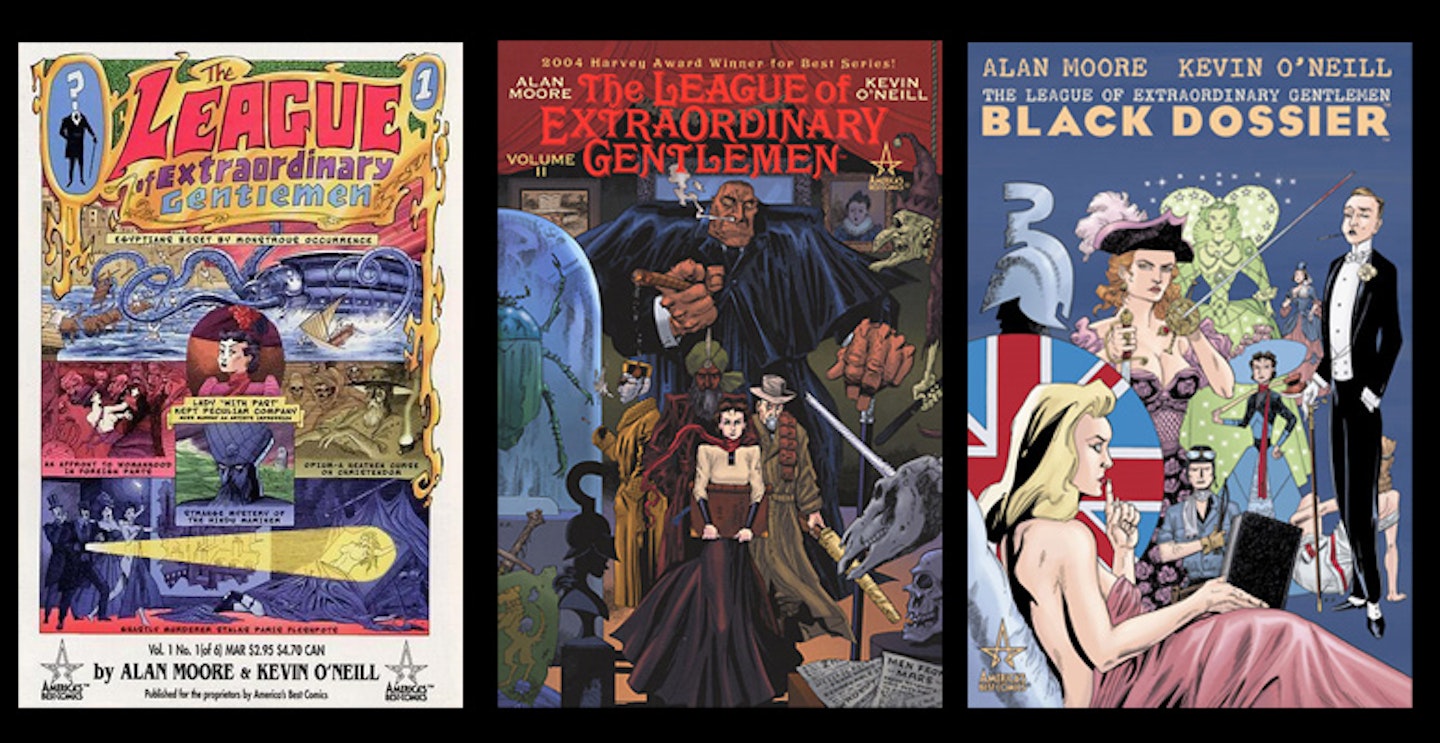
The League of Extraordinary Gentlemen
***By: ***Alan Moore, Kevin O’Neill
Comics legend Alan Moore may not like Hollywood tinkering with his work, but he’s freely adopted a posse of 19th century literary characters for this Victorian romp. Led by Mina Harker (of Dracula fame) and Allan Quartermain (of King Solomon’s Mines, among others), the mismatched and feuding band have to fend off evil geniuses, invading Martians and Jack the Ripper. The first volume remains the best, for our money, but there’s endless enjoyment to be had testing your literary knowledge and trying to spot the references to Victorian characters, or ancestors of modern fictional people. Apparently even crowd-members are intended to represent the forefathers of modern Eastenders castmembers, so keep your magnifying glass handy. Oh, and don’t worry: it shares almost no creative DNA with the film of the same name.
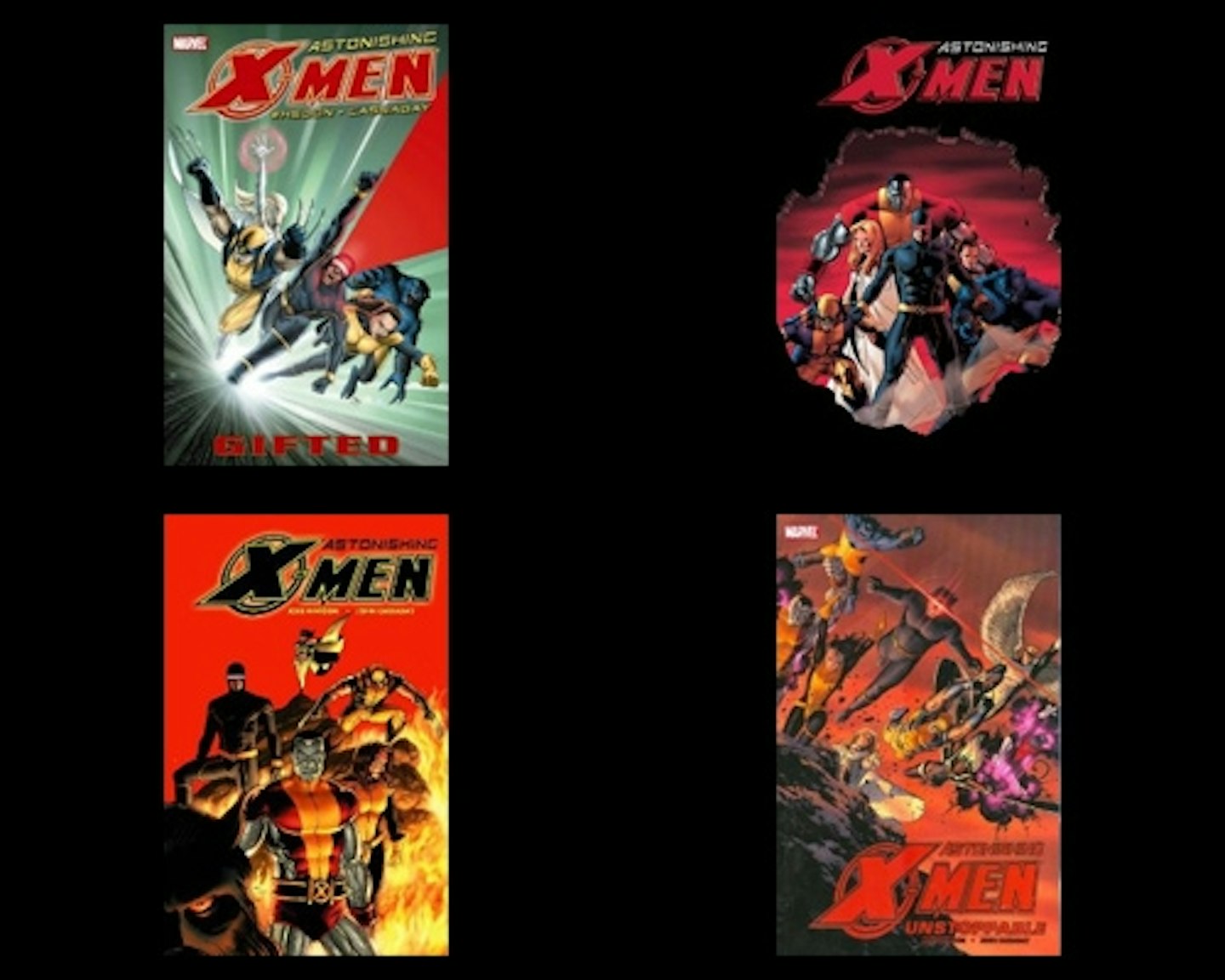
X-Men
By: Joss Whedon, John Cassaday
The 24 issues of Joss Whedon’s Astonishing X-Men run built on the success of Grant Morrison’s New X-Men (it’s good! We don’t care what you heard!) but run it through a recognisably Whedon-esque filter. If that occasionally makes it sound as though Professor Xavier’s School for the Gifted has been running an exchange programme with Sunnydale High, well, we’re OK with that. And you can’t complain that the story is less than epic. Involving ancient prophecies, alien planets, Earth-threatening weapons, conspiracies, betrayals and gut-wrenching sacrifice, these four volumes (Gifted, Dangerous, Torn and Unstoppable) really are rather astonishing stuff (sorry).
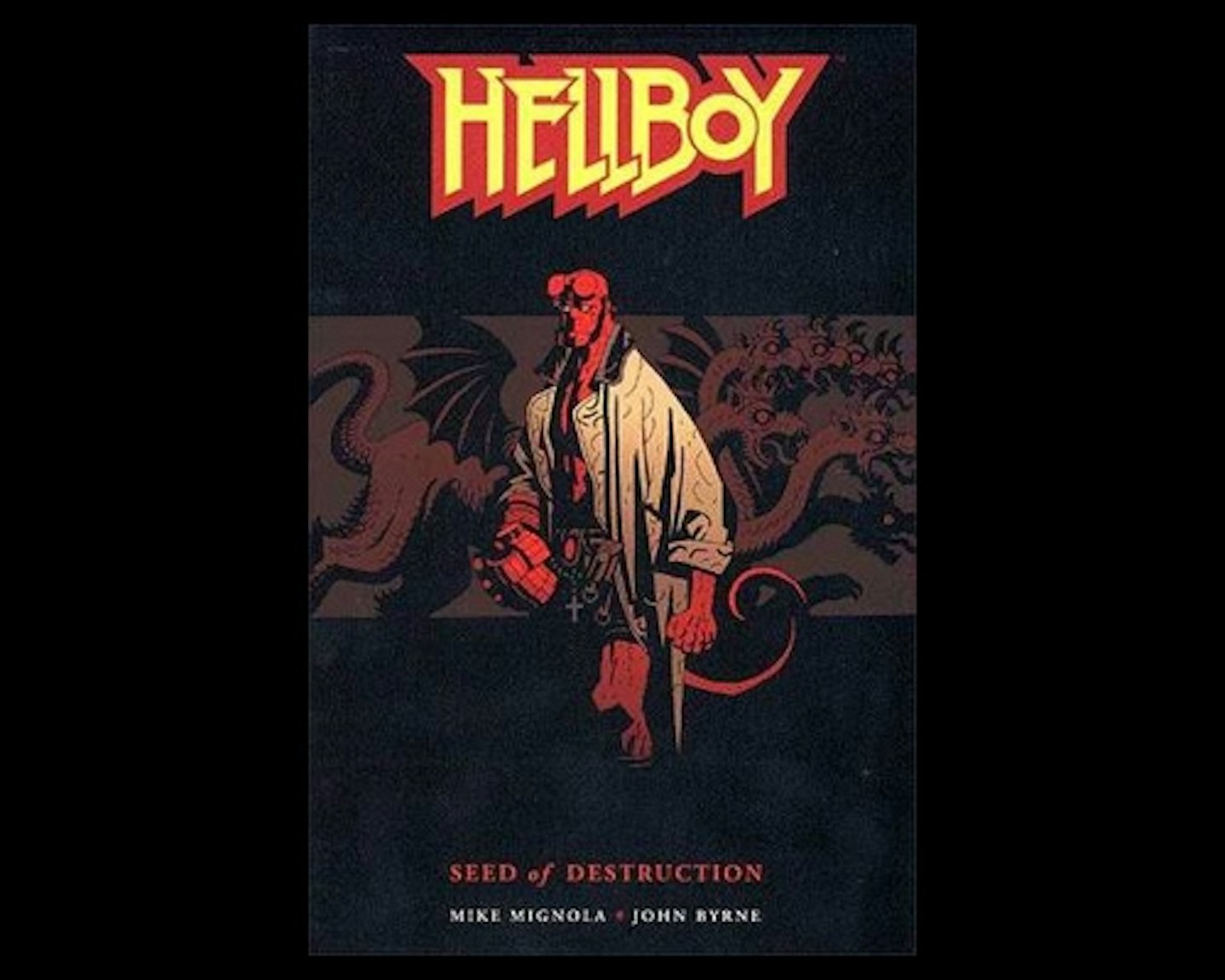
Hellboy
By: Mike Mignola, John Byrne
Hellboy’s origin story contains, in a nutshell, everything that’s great about Mike Mignola’s loveable demon. It’s funny, it’s got violence, it’s filled with weird monsters and heroes who are almost as weird, and while it has hints of darkness and complexity it’s also, y’know, *fun *- a quality sometimes underestimated in modern comics. With frog monsters and séances and bright red demons and mad Russian monks, this has something for everyone. OK, something for everyone who’s into frog monsters and séances and bright red demons and mad Russian monks.
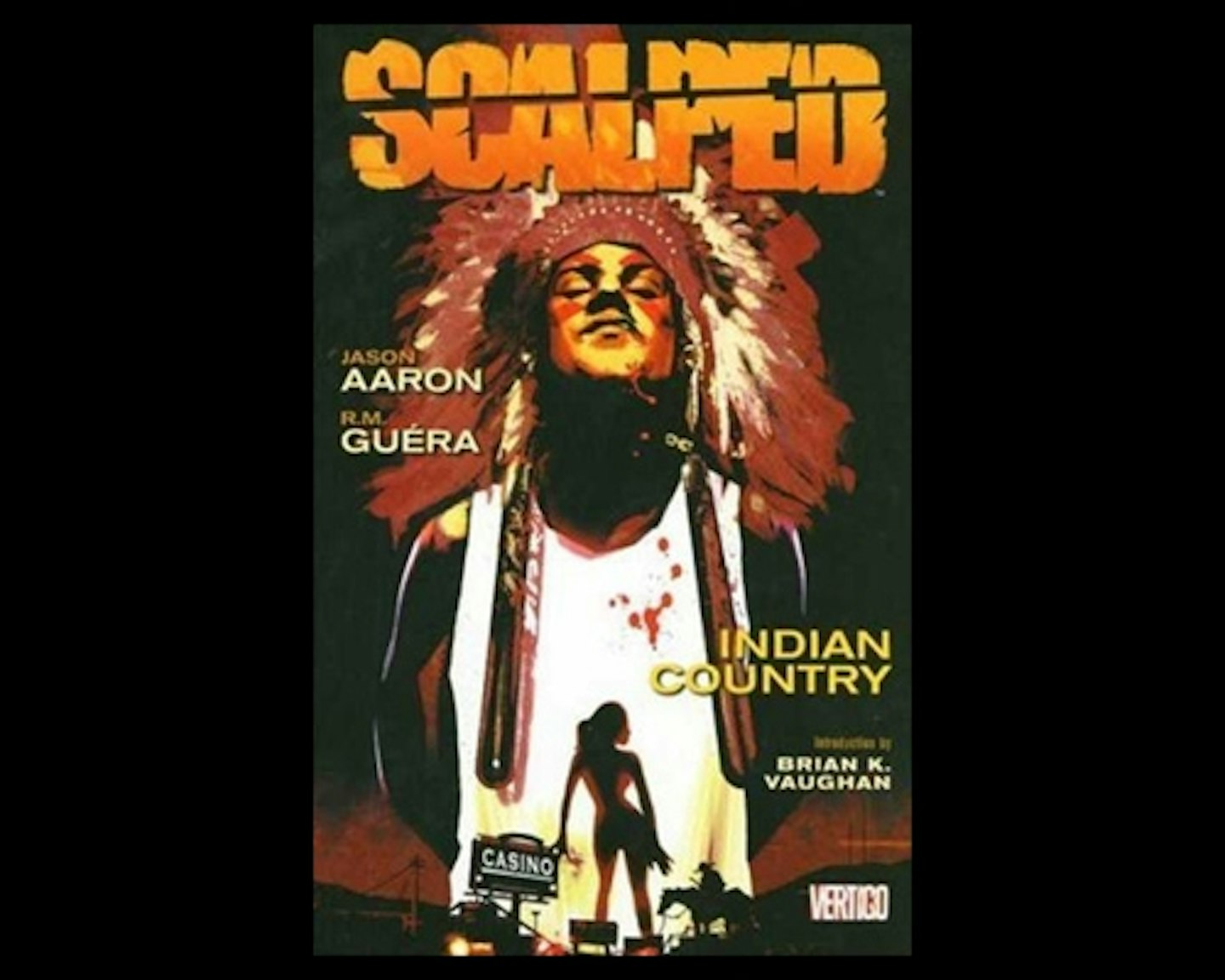
Scalped
***By: ***Jason Aaron, R.A. Guera
It’s nice, every now and again, to read a comic that doesn’t depend on superpowers or magic for its kicks, and this noir-ish detective story set on a Native American reservation fits the bill nicely. Dashiell (as in Hammett, crime fiction fans) Bad Horse returns to the rez after 15 years outside, with a bad attitude and some badass fighting skills. Unbeknownst to his old friends and contacts, however, he’s actually undercover for the FBI, investigating the murder of two agents on tribal land years before. Great characters, a bit of social commentary on the living conditions on the reservations and a whole heap of criminal shenanigans make this one stand out from the herd.
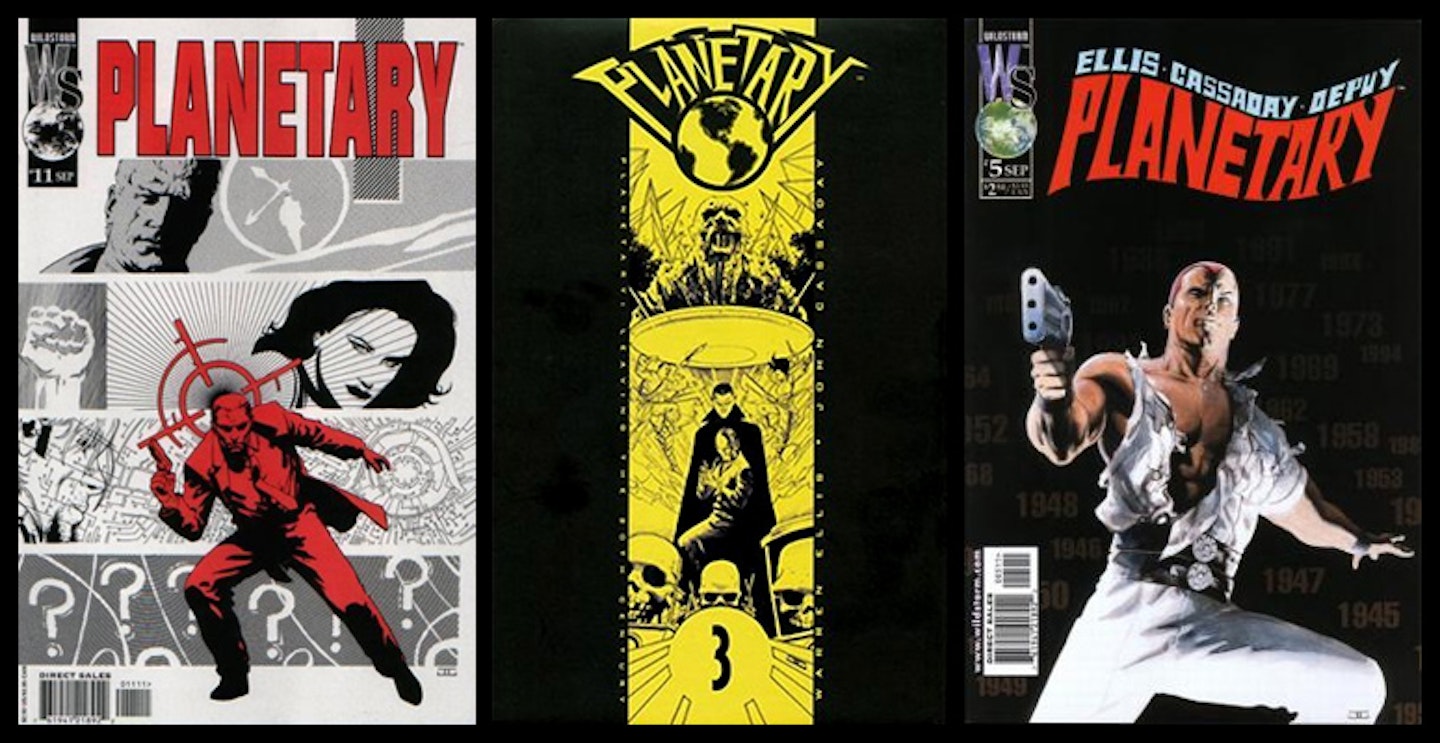
Planetary
By: Warren Ellis, John Cassaday
There are only 27 issues of this rather meta-superhero comic, so it shouldn’t be too hard to get your head around. Warren Ellis had previously worked on Wildstorm Comics’ Stormwatch and The Authority (both worth a look), and this – to some extent – spins off from that, following super-powered “archaeologists of the impossible” as they investigate the world’s secret history, from Godzilla’s grave to a (sort of, for copyright reasons) evil Fantastic Four. If you’re already a bit of a geek, you can have fun reference-spotting; if not, just enjoy Ellis’ clever plotting and Cassaday’s gorgeous visuals.
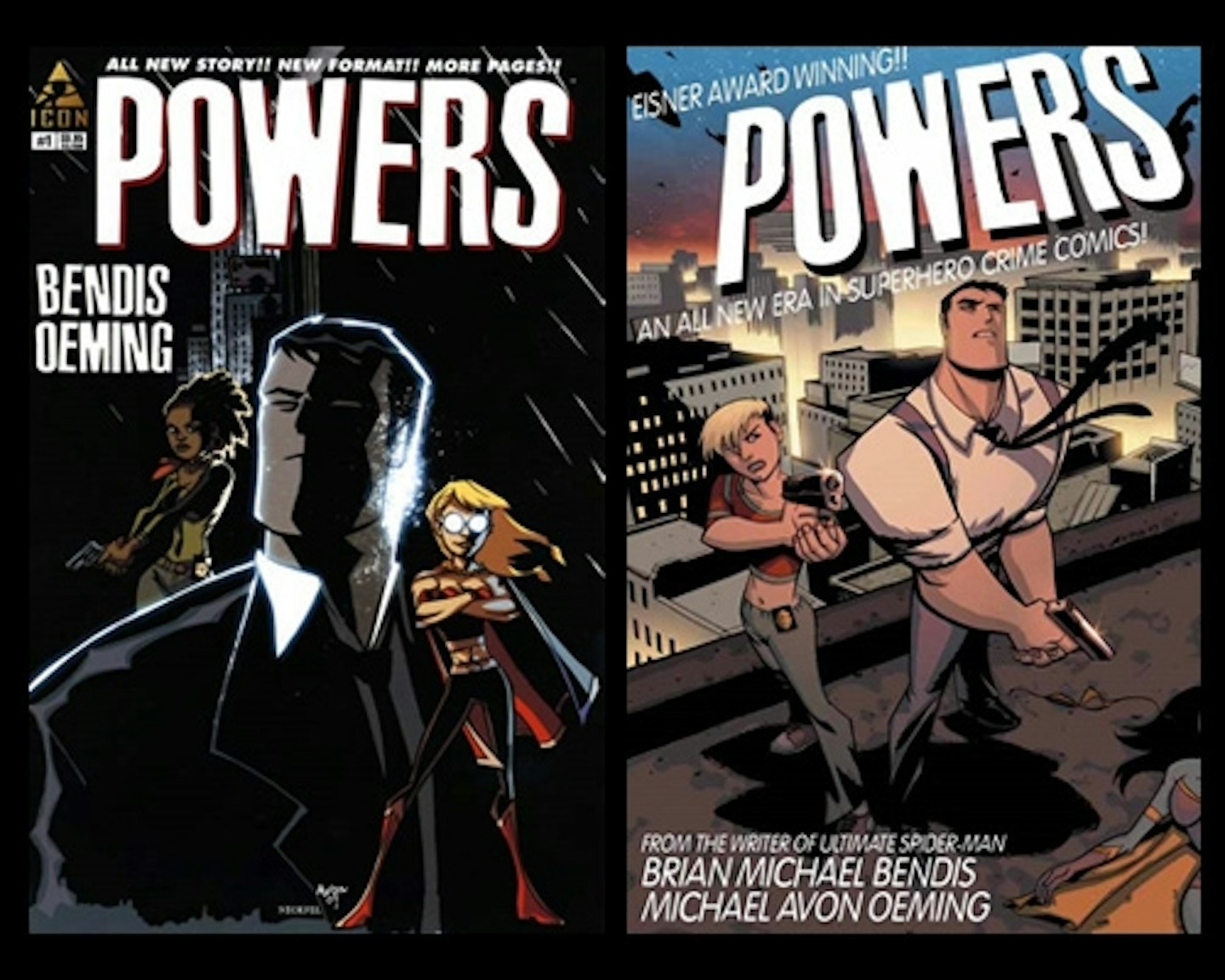
Powers
By: Brian Michael Bendis, Michael Avon Oeming
“Quis custodiet ipsos custodes”, eh? While the question of who watches the watchmen might usually be applied to, well, Watchmen, it’s also a perfect fit for this series about the job of policing superheroes. It focuses on Christian Walker and Deena Pilgrim, two non-powered cops trying to solve cases involving “powers”, as super-beings are called (no great leap there). This one plays with the clichés of the superhero genre, by showing it all through cops’ eyes, but it’s also notable for its high body count (relatively few characters stay constant) and strong stories. Start with Volume 1 of the Definitive Collection and go from there.

Invincible
By: Robert Kirkman, Cory Walker
Before there was Walking Dead, there was... (dramatic pause) Invincible, wherein writer Robert Kirkman gave the superhero genre a twist. Our teenage hero is the son of the world’s greatest superhero, Omni-Man, sent from another planet to save us all. Only, it emerges that daddy is the fore-runner for an alien invasion rather than a kind Kryptonian with a killer kiss-curl, and soon Invincible will have to face off against his own pater familias and his native planet. So that’s a bummer for him. The whole result starts off feeling like a Silver Age comic (sort of mid-50s to 1970), all bouncy and Boy's Own, but has some very modern and rather dark twists – start with the first book in the Ultimate Collection for the full effect.
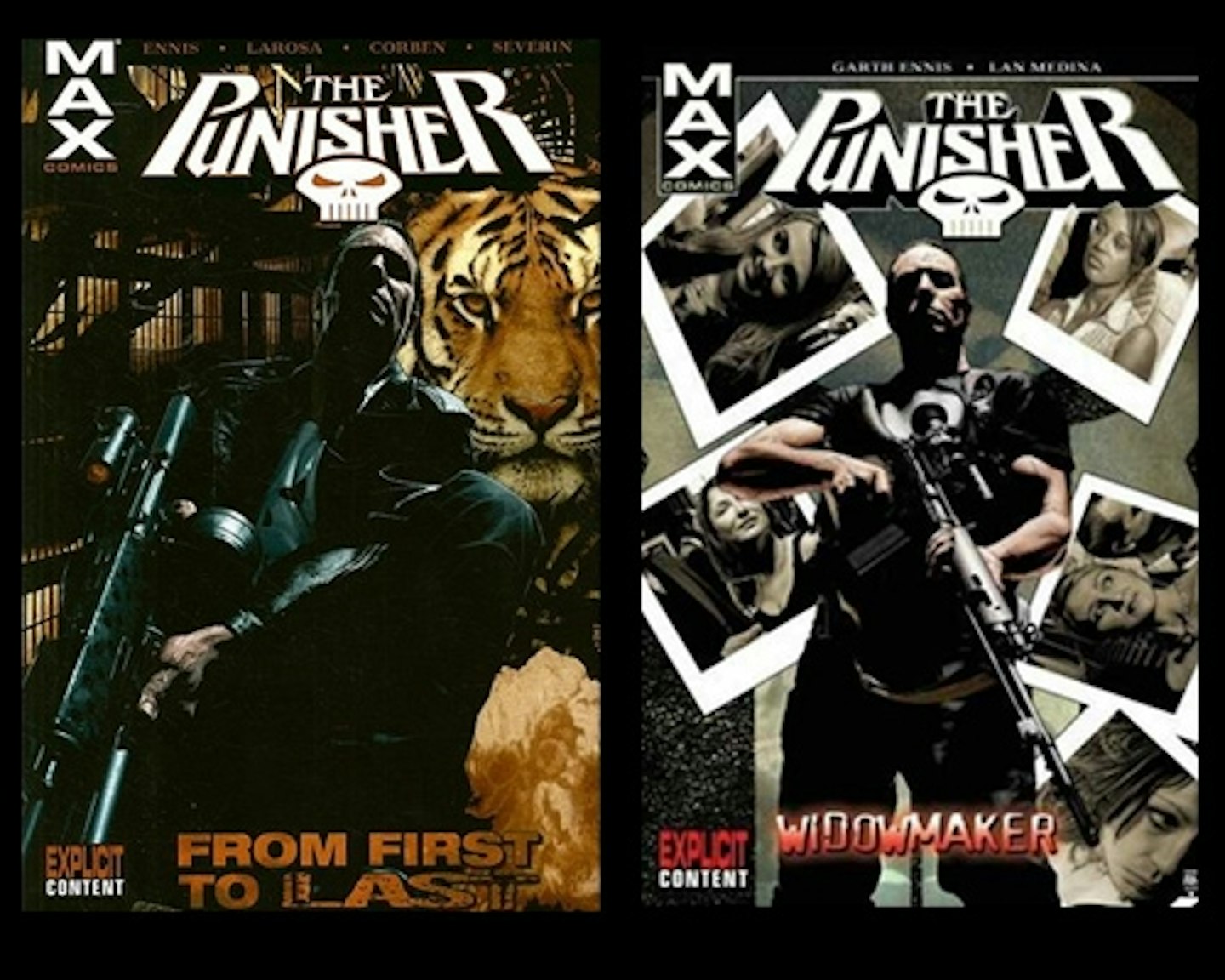
The Punisher
***By: ***Garth Ennis, Steve Dillon
Punisher was dead on his feet when the team behind Preacher were brought in to reinvigorate the character – and they turned him into a force to be reckoned with. Ennis and Dillon ignored all the backstory and hangers on and weird suggestions of supernatural powers, and took Frank Castle back to the streets in a striped-down crime fighting story. The result, published as part of Marvel’s more adult “Max” line, is certainly violent, but it’s also funnier than your usual, and reminds us that Frank Castle may be a bastard, but he’s a likeable bastard in some ways too. A great example of a title completely reinvigorated by a single writer. Try Punisher Max: Volume 1 as a decent place to start.
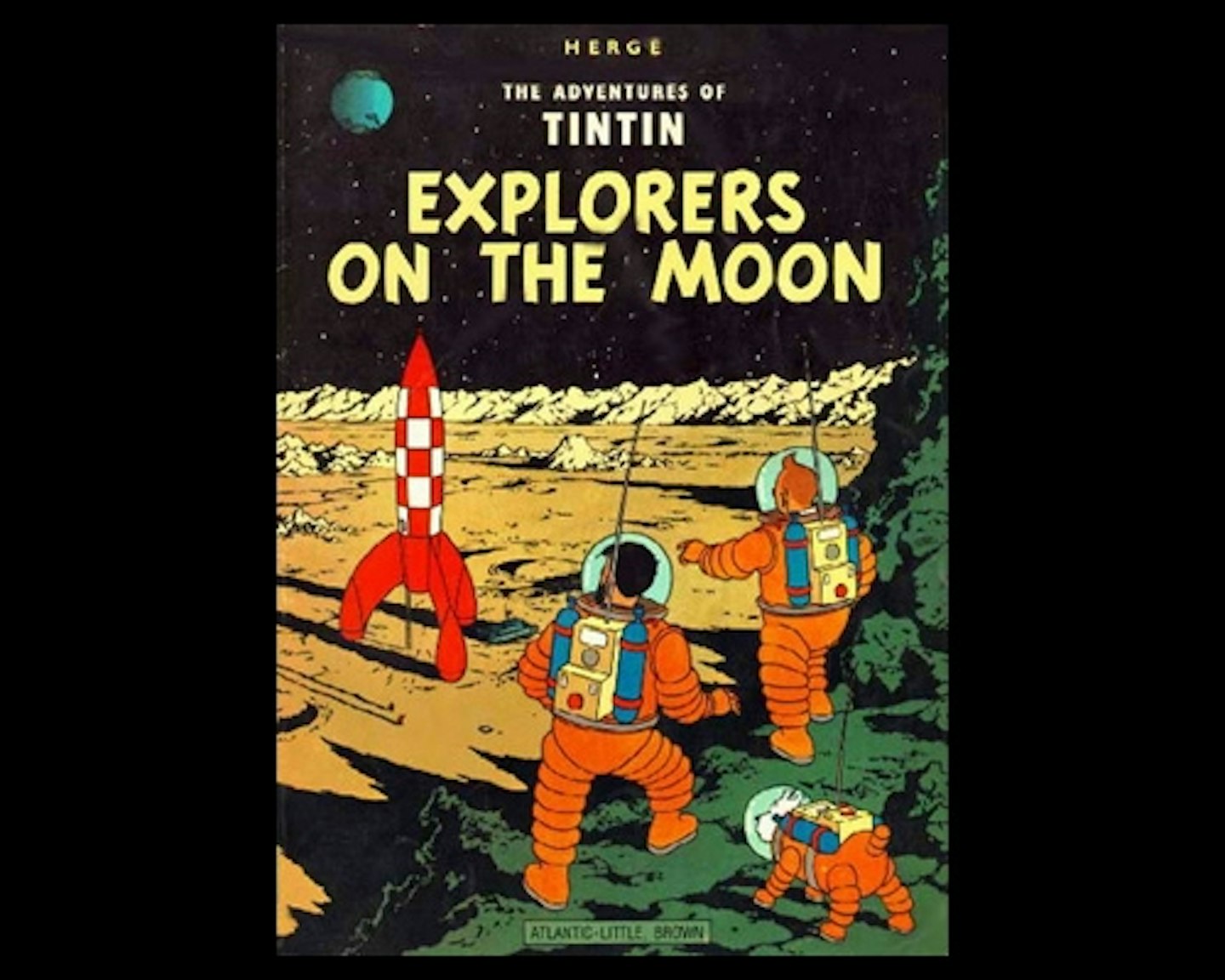
Tin Tin
By: Hergé
Choose your choice from the books available: King Ottokar’s Sceptre, The Secret of the Unicorn, The Blue Lotus, Destination Moon – they’re almost all winners, and it doesn't matter which order you read them in, aside from a couple of two-shots (Destination Moon obviously precedes Explorers on the Moon, for instance). Hergé’s boy reporter has deservedly endured for decades with the help of maybe the funniest supporting cast anywhere in literature – from Captain Haddock to opera singer Bianca Castafiore – and some genuinely brain-bending mysteries. Hergé’s clean lines and elegant design don’t hurt either, and while some of it is well racist (see Tintin in the Congo – or, for preference, don’t) the majority of his adventures are pure, fried gold. There’s a reason that the Continentals are nuts for all these bandes desinées, and Tintin’s a big part of what they love.
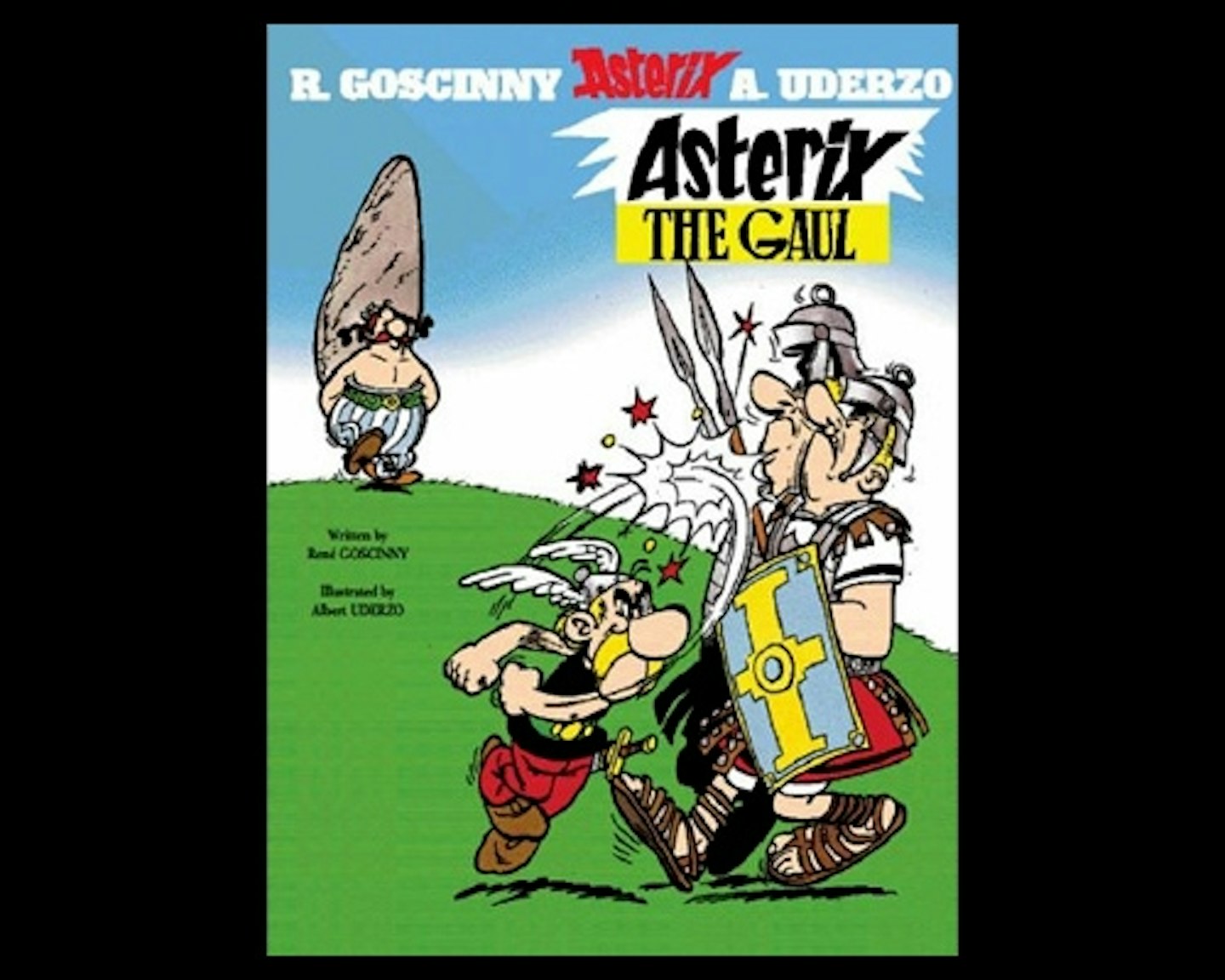
Asterix Et Oberlix
By: René Goscinny, Albert Uderzo
Like puns? How about wordplay? If you do, this is the series for you. Originally written in French, the truly spectacular work of the translation team Derek Hockridge and Anthea Bell mean it’s arguably funnier in English, with almost every character name offering a laugh (fishmonger Unhygienix, anyone? How about bard Cacofonix?) To the extent that there’s an overarching plot, it’s the story of a single Gaulish village who hold out against the Roman invaders in around 50BC with the help of a magic potion that makes them invincible – but like Tintin, its heroes globetrot around the ancient world to meet ancient national stereotypes and, as with Tintin, you can essentially chose any of the 34 books in the series and be assured a good read.
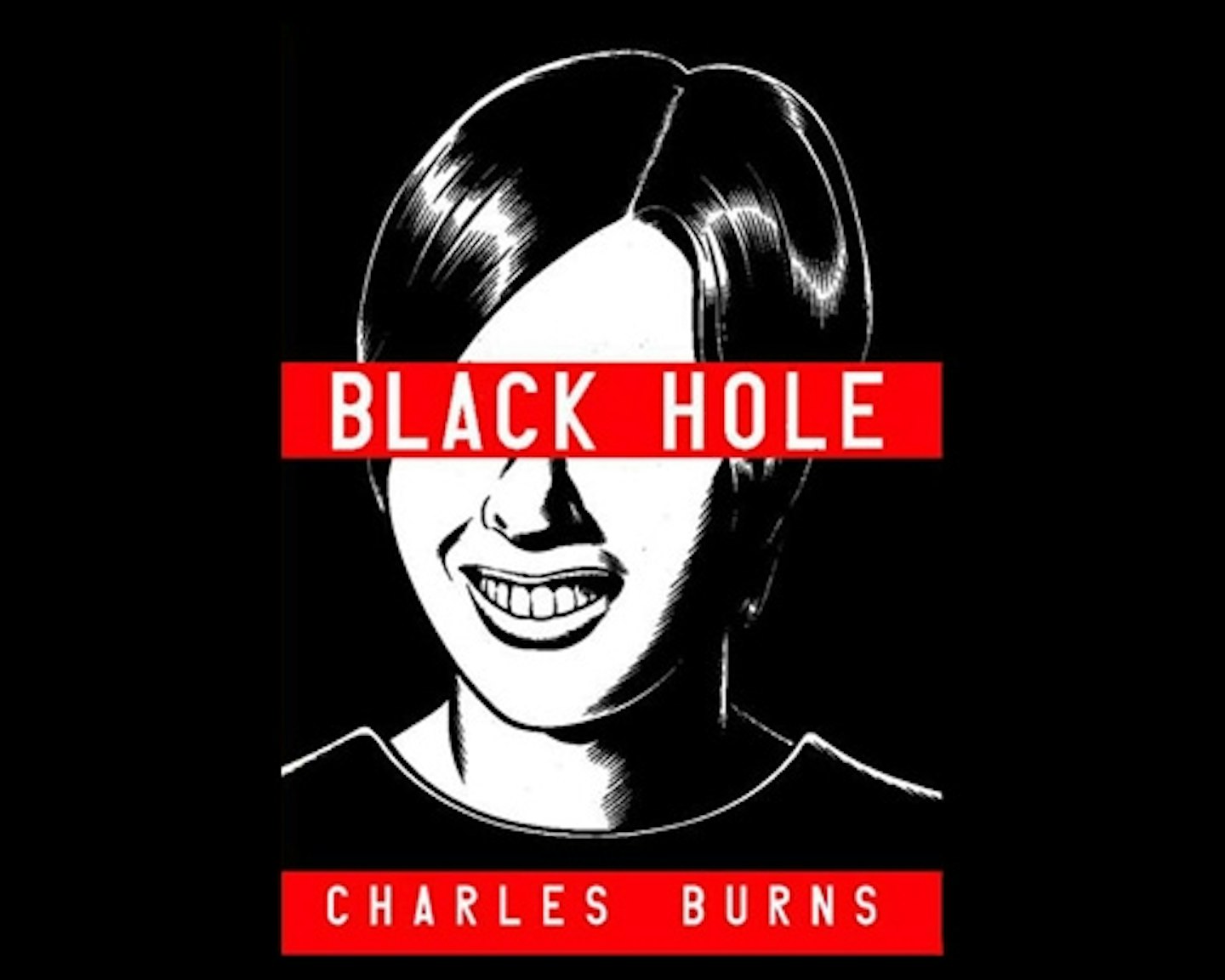
Black Holes
***By: ***Charles Burns
Some comics – Superman, Wonder Woman – are about beautiful people. Others – Swamp Thing, this 70s-set effort – are rather more willing to embrace characters who aren’t quite so stupendously good-looking and unusual abilities that are less than photogenic. So here we have a group of teenagers who contract a mysterious sexually transmitted disease that causes strange mutations, some of them highly visible and grotesque, others less obvious. Whether you see the result as a horror (there is, after all, a series of murders going on as well) or a metaphor for growing up hardly matters – this will get under your skin and stay there. It’s a shame that the planned David Fincher-directed, Neil Gaiman-scripted film fell through, but perhaps even they couldn’t have nailed the strange, dark tone of this effort.
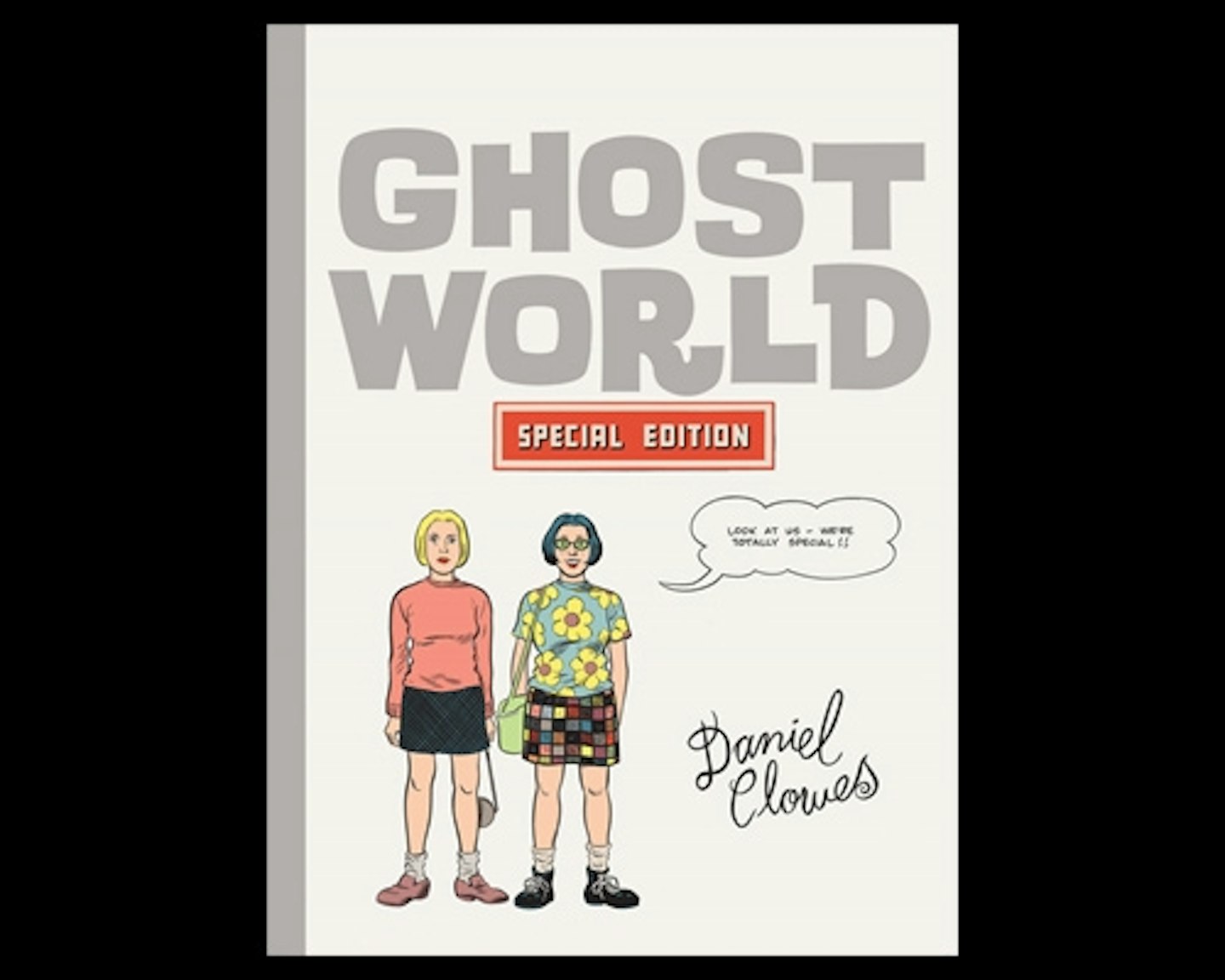
Ghost World
***By: ***Daniel Clowes
So we’ve talked about superhero comics, crime, noir, fantasy, satire and the rest, but there is a whole world of comics out there that deal with normal people leading normal lives. From Robert Crumb to Harvey Pekar to this blinding effort from Daniel Clowes, comics *can *deal with average people just as well as they can with people who can stick to walls upside-down. Ghost World tells the story of two girls who have just graduated from high school and are trying to figure out their next move: Enid, sarky and sometimes brooding, and Rebecca, her gentler foil. The humour’s often biting and even cynical, but Clowes has a warmth towards the characters that’s always there underneath.

Locke & Key
***By: ***Joe Hill, Gabriel Rodriguez
The fact that Joe Hill chose to write a rather scary comic should surprise no-one, given that his old man is Stephen King. But this series proves that he’s got plenty of game in his own right, taking the usual creepy old house trope and shaking it up till it screams a terrifying scream. We follow three children and their mother, who move into Keyhouse in the town of Lovecraft (uh-oh!) after the family’s father is cruelly murdered by Sam Lesser. But the house has some strange properties, and with Lesser escaped from prison and headed straight for it, the Locke family have their work cut out. The series isn’t finished yet, but the Prologue and Act-and-a-Bit (of a planned three) so far published are extremely promising. Start with Welcome To Lovecraft, then Head Games, and go from there.
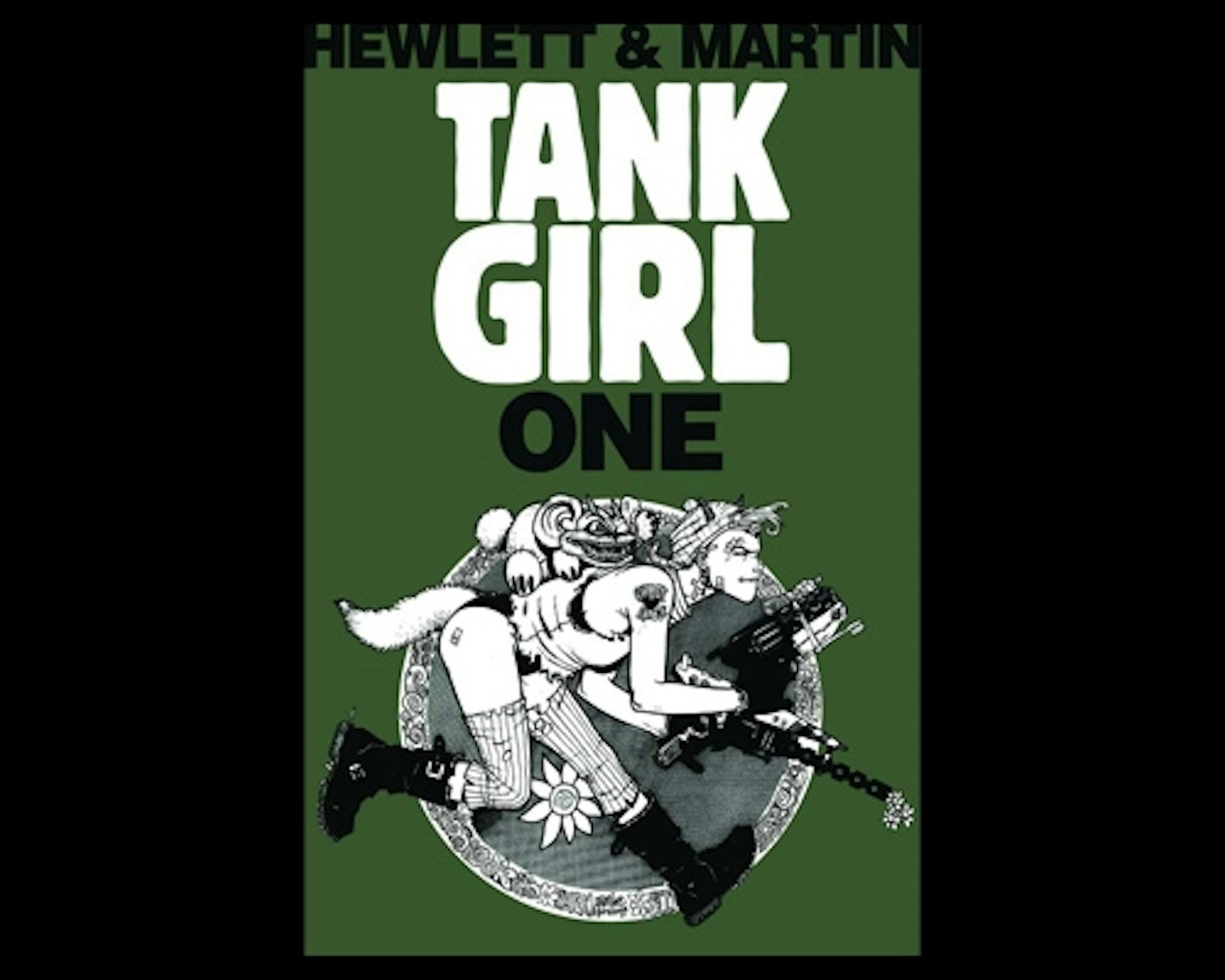
Tank Girl
By: Alan Martin, Jamie Hewlett et al
Does that art look familiar? That’s probably because artist Jamie Hewlett’s since gone on to create Gorillaz with Damon Albarn and company. But spare a thought for his original heroine, a punk chick who lives in a tank, has a boyfriend called Booga who’s a mutant kangaroo (this is a post-apocalyptic Australia, y’see) and gets herself in fairly hot water on a regular basis. The series is a long-running one, but you could do worse than to get yourself a copy of the numbered anthologies and start reading (note, however, that The Cream of Tank Girl is more about the process and less a collection of strips). Anarchic, extremely funny and frequently chaotic, this is the punk movement in comic form, like Mad Max but with more illicit substances and more mutant kangaroos.
